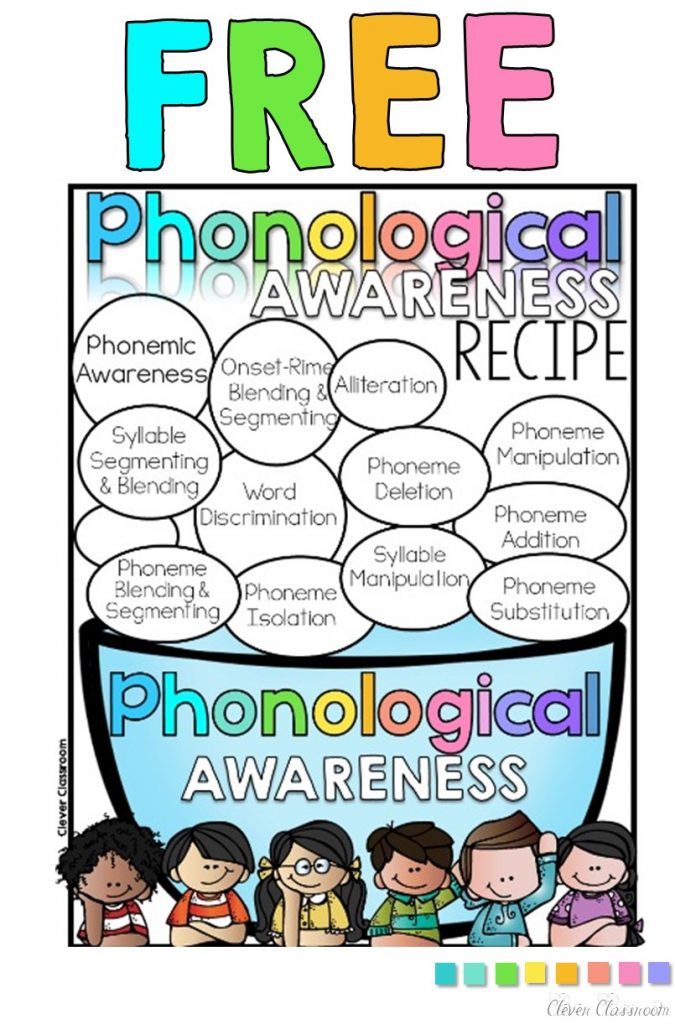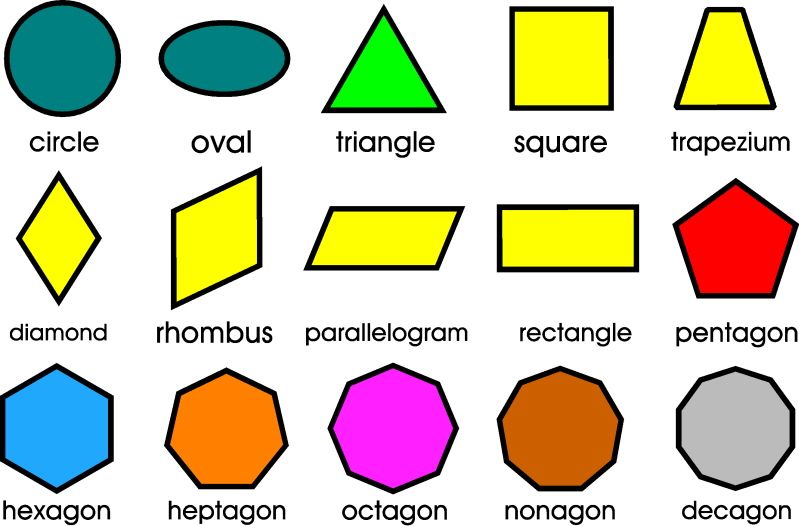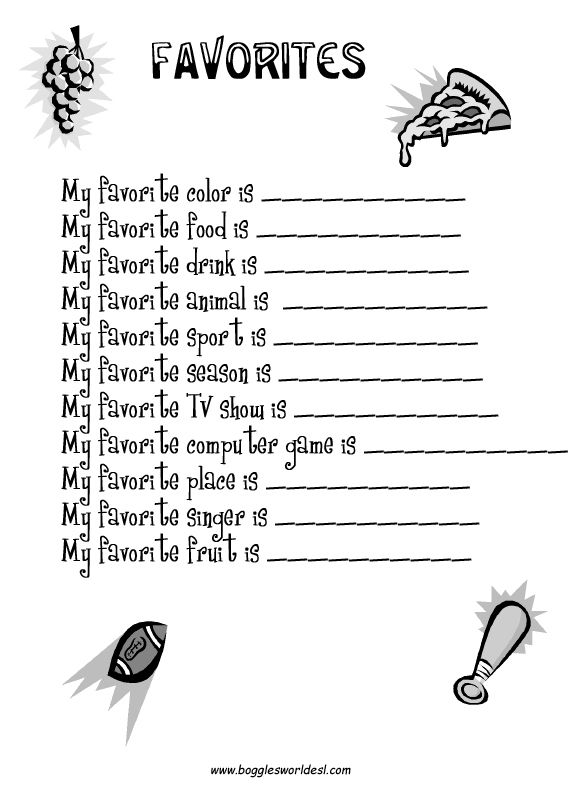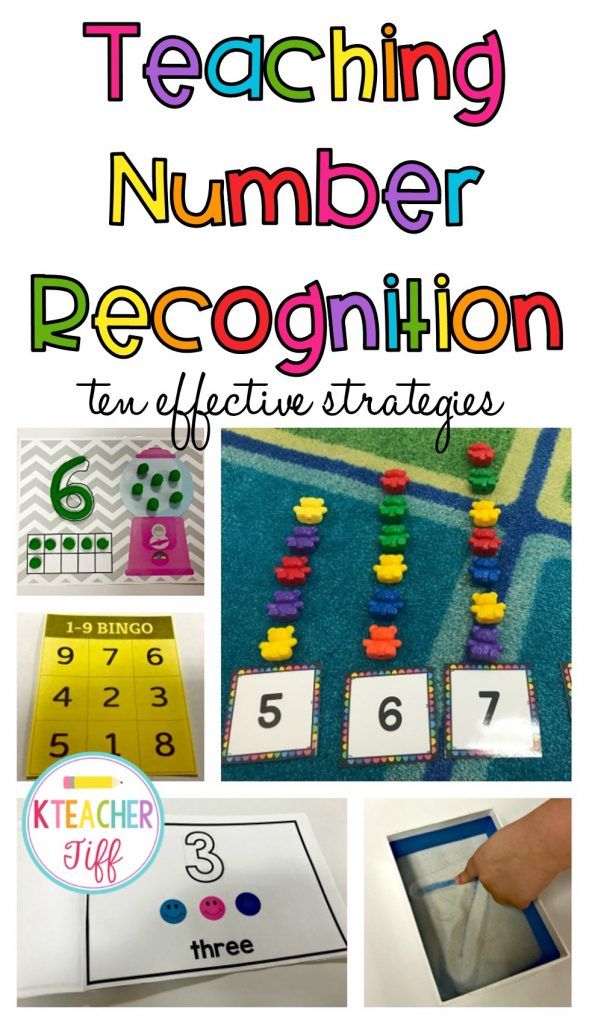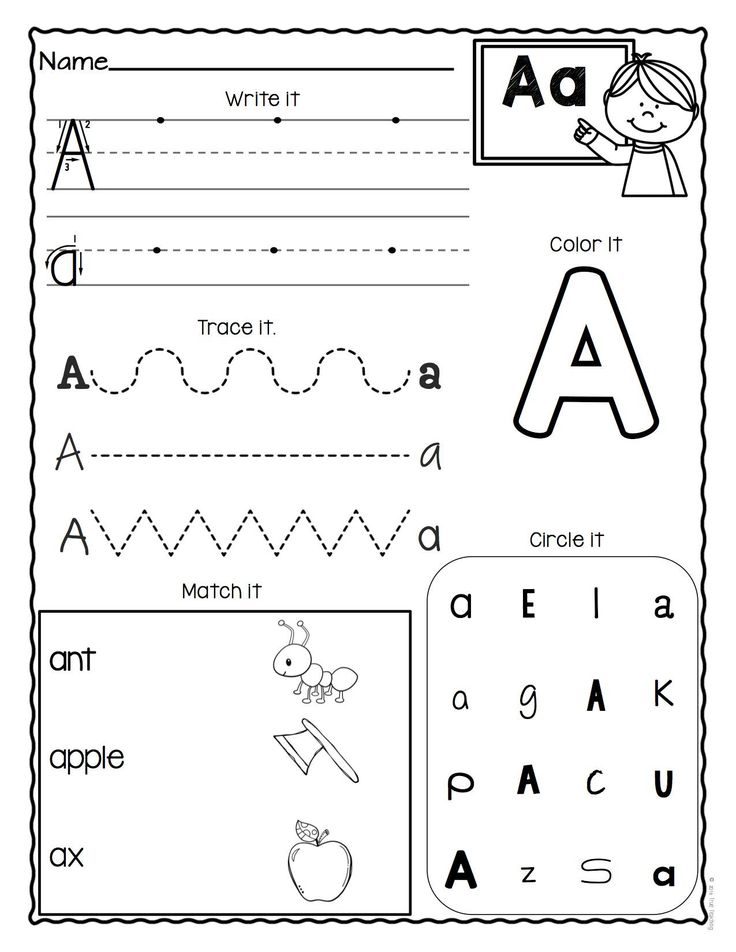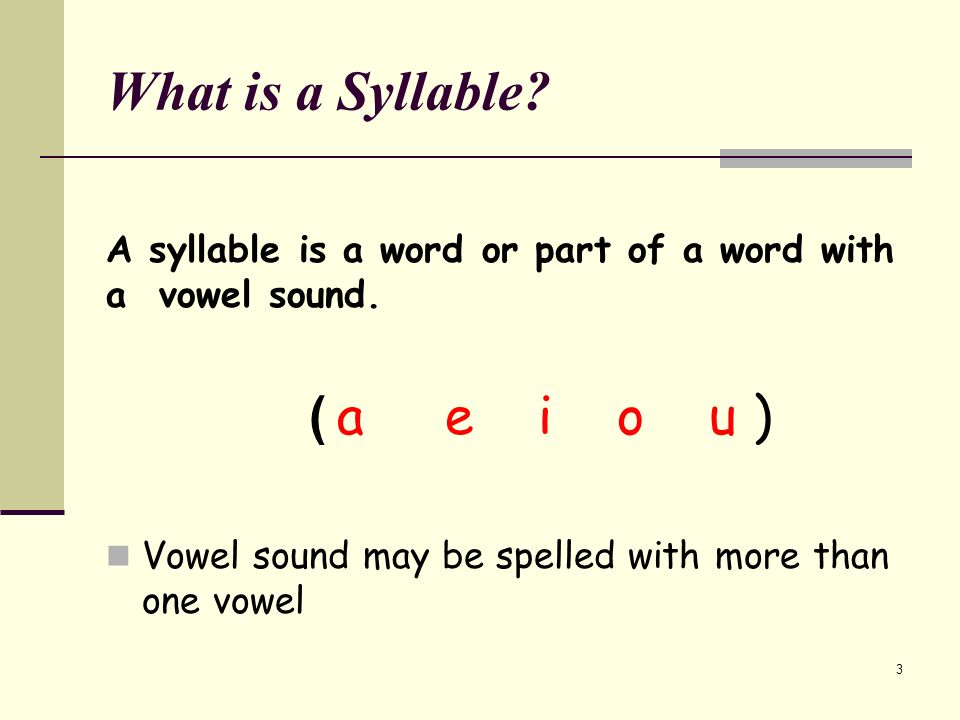Word games that promote phonological awareness
Phonemic Awareness Activities For A Strong Reading Foundation
What Is Phonemic Awareness?
Phonemic awareness is a concept that deals with identifying and manipulating single sounds in words, known as “phonemes”.
A phoneme is the smallest possible unit of sound in a language. Phonemes blend together to form words, and every word we use is made up of a combination of them.
Even though there are only 26 letters in the alphabet, there are 44 unique phonemes in English (and 250 different ways to spell them!). Fortunately, especially in words beginners need to read, most of the sounds are linked to one main letter.
If you change any letter in a word, though, you change everything! For example, take the word “rag.” If the first sound, or phoneme, of the word is changed to a “b,” then you’re left with an entirely new word (bag) with its own distinct meaning.
So when you think about it, building phonemic awareness is really about your child playing around with sounds and then switching sounds in words. It’s like a Dr. Seuss book come to life!
Why Is Phonemic Awareness Important?
It’s hard to learn how to read if you can’t match sounds to letters. That’s where phonemic awareness comes in.
Kids are often asked to “sound out” words they don’t recognize or understand. A firm grasp of phonemic awareness is the backbone of this technique!
Understanding how to break down unfamiliar words into individual phonemes can be an incredible, powerful tool for your child to use on their learning journey.
Phonemic awareness skills can also help build your child’s confidence and familiarity with the sounds and letters they are trying to read. The more comfortable they are with letter sounds the better prepared they will be for a lifetime of learning and reading!
Fun And Easy Phonemic Awareness Activities
Now that we’ve discussed what phonemic awareness is and why it’s important, we’ll walk you through some fun and easy activities you can use to help develop your child’s phonemic awareness skills.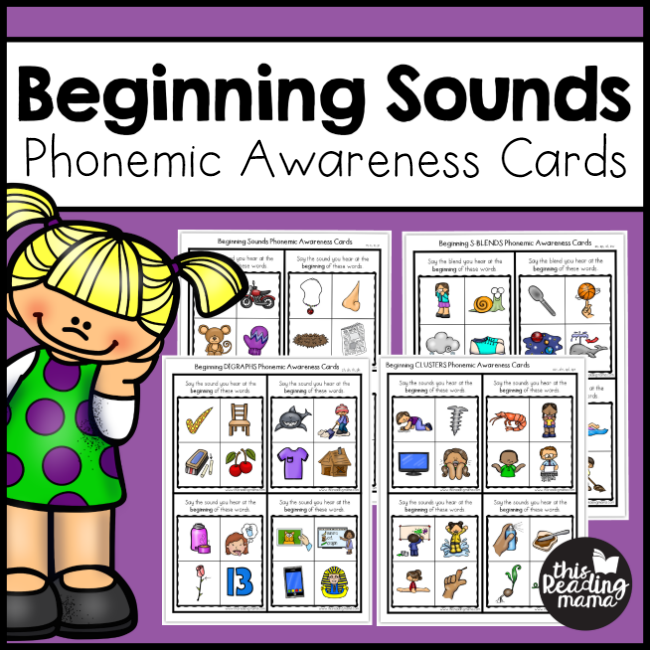
Guess-That-Word
If you’d like to give this activity a go, lay out a few items or pictures in front of your child. Aim to use familiar objects that they can easily name.
Let them know you’ll be using “snail talk” or “slow-motion” talk, meaning you will be announcing the names of the items in a funny voice. Their goal is to guess the name of the item or picture in question before you finish saying the word.
For example, if there’s a picture of a cat in front of your child, drag out the C, A, and T sounds as long as you can. Your child can jump in anytime and shout the word of the object as loudly as they can!
This game works on blending phonemes, an essential part of phonemic awareness. The game helps encourage children to pay attention to the individual sounds that make up words.
Mystery Bag
Those little plastic letter magnets that are probably hanging out on your fridge will come in handy for this one!
If you choose to do this activity, you’ll need a spare box or paper bag.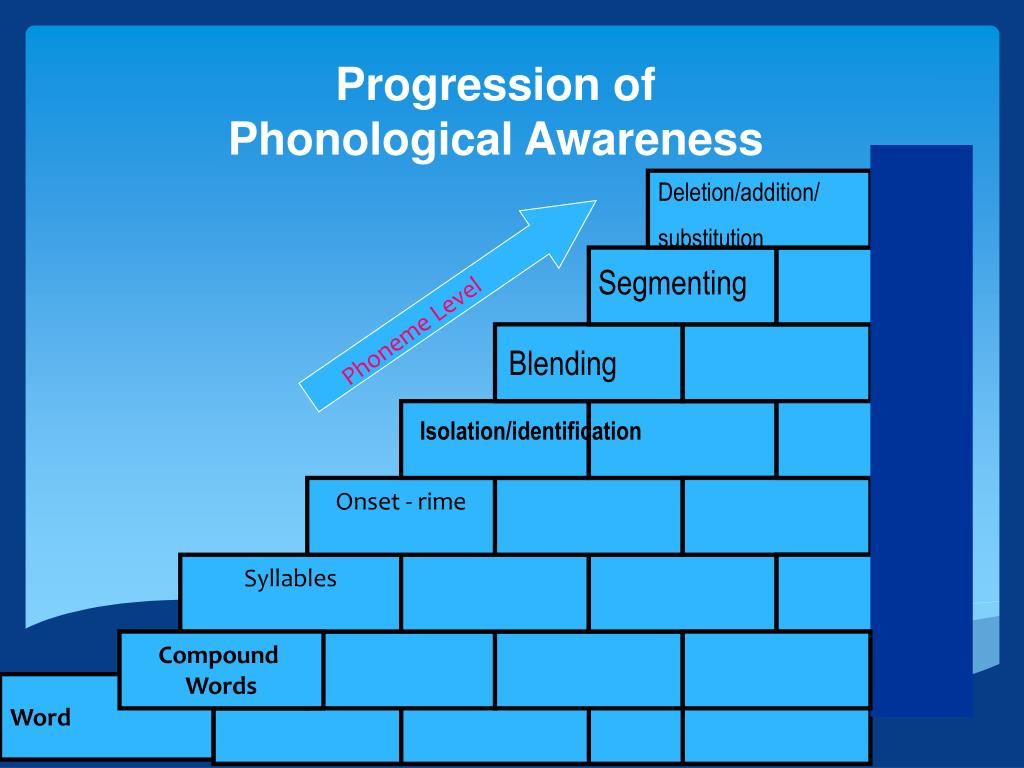 Place three plastic letters that can be used to make an easy-to-sound-out word (pat or cat, for example) inside the bag.
Place three plastic letters that can be used to make an easy-to-sound-out word (pat or cat, for example) inside the bag.
Suggest your child pull out one letter at a time. Ask them what sound each letter makes. For younger children, you can place the letters together to spell a word and sound it out for them. Then let them copy you.
You can ask older children to try to make a word on their own. If they make tap instead of pat that’s fine, of course! With more advanced readers, also consider adding more letters to make longer words.
Additionally, you can try letter swapping or letter deletion. Your child makes slip but what happens when you “steal” the “s” or the “l”? This kind of letter change is challenging but is also excellent practice!
Finally, you can also put lots of letters in the bag and then pull out a few and see if you can make a real word, a nonsense word, or (lacking a vowel) no word at all.
The mystery of the Mystery Bag is how versatile it is!
Clapping It Out
If your child loves to sing, this might be the activity for them!
You can sing any song or nursery rhyme.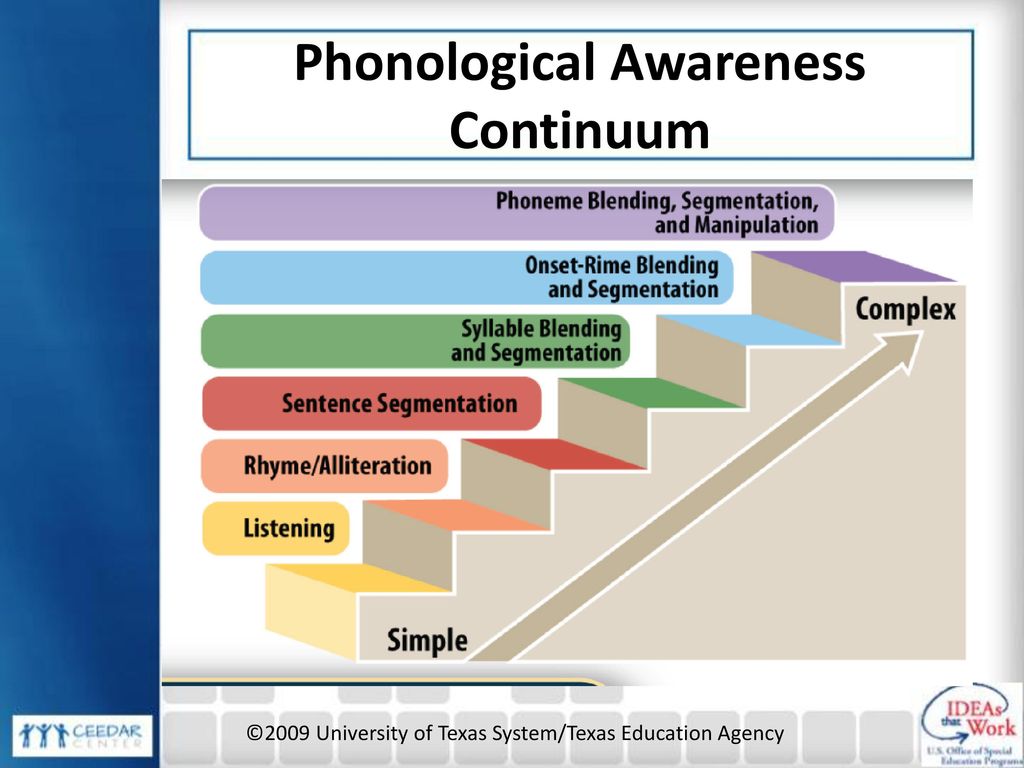 Simply have your child clap with the different syllables. Make sure you encourage them to clap loudly and enthusiastically for a fun learning experience!
Simply have your child clap with the different syllables. Make sure you encourage them to clap loudly and enthusiastically for a fun learning experience!
This activity is great for helping your child with their syllable awareness as well as their segmentation skills.
Make Some Noise!
If you’d like to explore this activity with your child, grab a few things from around the house that make a lot of noise. Whistles, pots and pans, bells, or bubble wrap are all great options.
Instruct your child to close their eyes (no peeking!) and listen to the sound you make. Once the sound is over and they think they know what caused it, they can take a guess.
Encourage them to give their answer in full sentences (“The sound I heard was a door opening.”).
After your child is able to correctly identify several individual sounds, you can mix things up by adding more noises one after another. For example, if you close a noisy door, ring a bell, then delicately tap a glass cup with a fork, your child would try to identify all three sounds.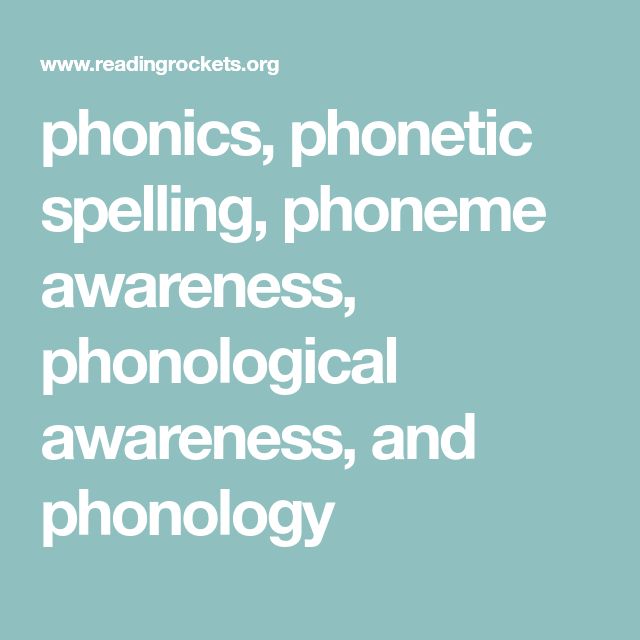
Although this game does not deal explicitly with letter sounds, it works on an extremely important skill — listening!
By helping your child practice their detailed listening skills, you can help them engage in more focused ways when they are listening and playing with word sounds.
I-Spy With Words
Another fun way to engage phonemic awareness skills is by playing the game I-Spy, but instead of colors, play with sounds. Plus, it’s mobile; you can take this game anywhere, so it’s perfect for busy families on the go!
You can say, “I spy with my little eye something that starts with the /a/ sound . . .” and wait for your child to shout out something they see that begins with that sound.
This helps them with focusing and identifying the initial letter sound in words, an important building block for strong reading as they grow.
Rhyme Matching Game
If you want to try this activity, print out pictures of common items that rhyme. For example, chair/bear, rat/mat, and so on.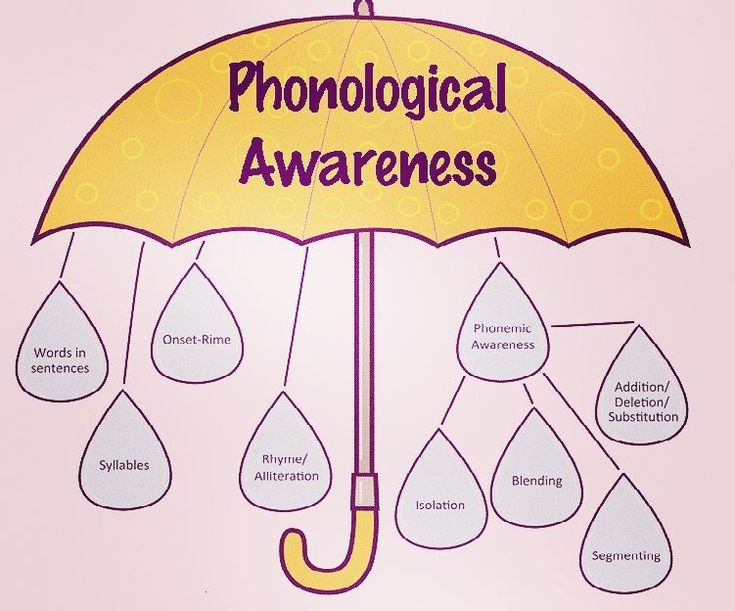
Your child will try to match the pictures to make rhyming pairs. This activity could take some getting used to for your child, but patience and practice are on your side!
If you find that your young learner needs a little bit more exposure to rhymes in order to understand how to match up the pictures, don’t be afraid to break it down for them.
You can tell them that rhymes are words that sound the same at the end. If it seems helpful, you can sit with your child and brainstorm rhyming words with them. Having you walk them through it step-by-step could be the extra support they need!
Make Your Own Rhyme
We mentioned that all of these phonemic awareness activities may make you feel like you’re living inside a Dr. Seuss book. But your child will love becoming their very own tongue-twisting, silly master of rhyming!
Dr. Seuss makes up all kinds of words in his books in order to create rhymes. Your child can do the very same thing (and learn a lot from it!).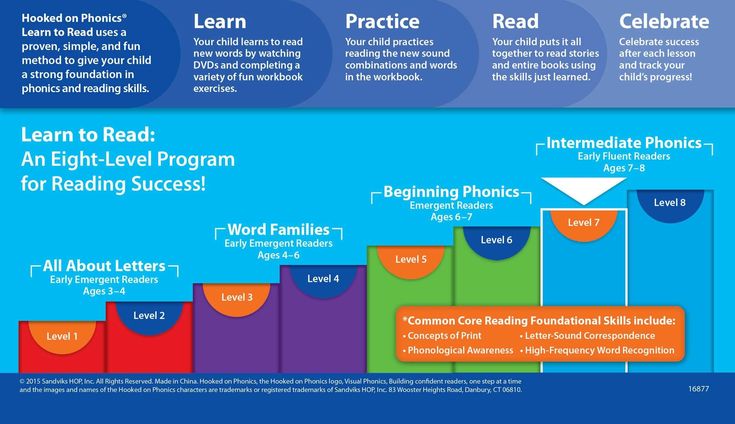
You can get them started by providing them with a funny example. Something like, “There’s a noodle in my schmoodle.” Encourage them to come up with their own funny rhyme!
Drawing A Phonetic Alphabet
If you feel like your child needs to focus specifically on the phonetic sounds our alphabet makes, this might be a great exercise to choose.
You can work with your child to draw animals that make the same sounds as alphabetic letters.
For example, draw a big, winding snake in the shape of an “s.” Since snakes hiss, they’re a wonderful representation of the sss sound.
Another option could be a buzzing bee. When bee’s fly near your ear, they make a loud “buzzz-zzz,” sound. You could help your child draw a bee flying across the pattern, with a dashed line in the shape of a “z” to show their path!
Feel free to get creative, colorful, and fun here. This will help your child hone in on their isolation skills, as well as help them learn to pay attention to their phonemes!
Find The Best Phonemic Awareness Activities For Your Child
We know your child is unique.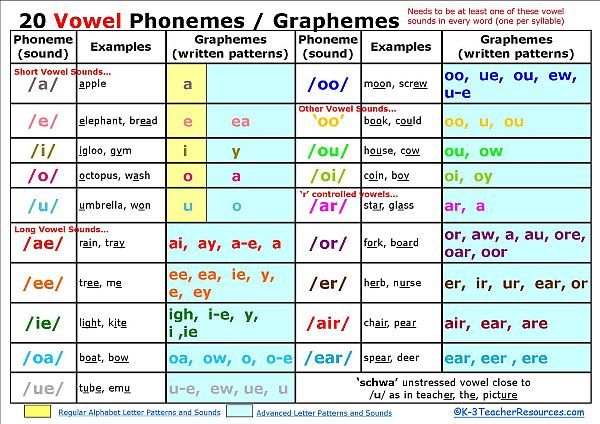 Which learning activities they respond to best might be slightly different from those a child in their class or the kid next door responds to.
Which learning activities they respond to best might be slightly different from those a child in their class or the kid next door responds to.
This is normal! Phonemic awareness activities are all about what helps your child learn in the most fun, effective, and easiest way possible.
We hope some of these suggestions gave you creative, new ideas for working on phonemic awareness in your home. If you ever find yourself wanting to explore more ideas, try our learning quiz to find more options that are just right for your child!
No matter which of these phonemic awareness activities you choose, your child is on their way to a happy, lifelong love of learning. We’re so excited to be on this journey with you!
Author
11 Fun Activities for Boosting Phonological Awareness
Phonological awareness—a child’s understanding of the sound structure of words—is a foundational skill that lays the groundwork for later reading success.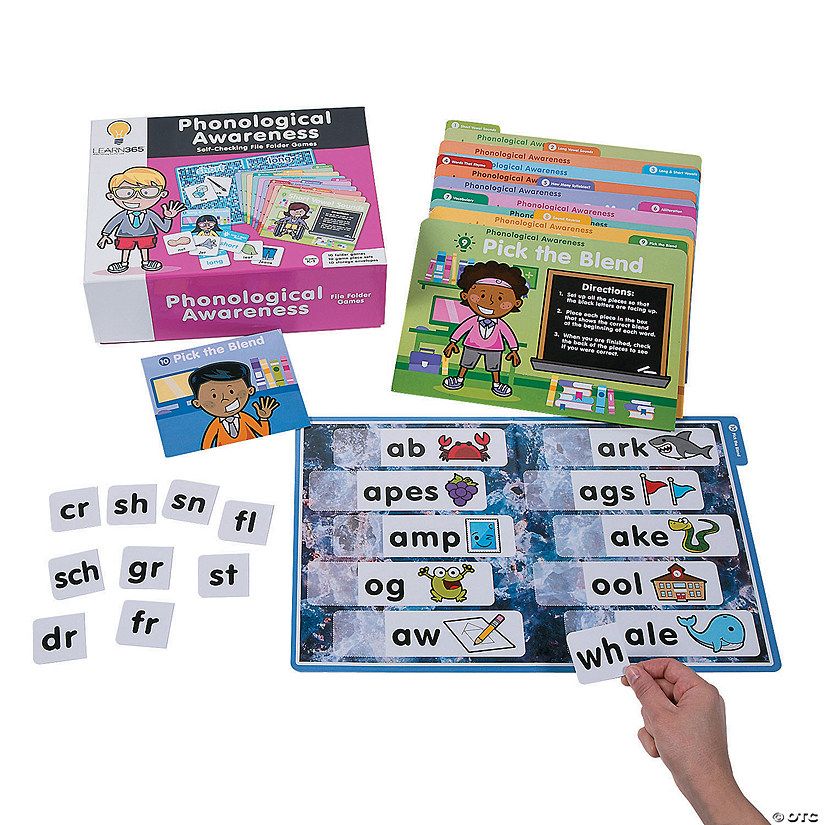 In today’s post, we’re offering a collection of fun, low- or no-cost activities that will help you teach children the 4 components of phonological awareness: rhyming, syllable awareness, knowledge of words and sentences, and phonemic awareness.
In today’s post, we’re offering a collection of fun, low- or no-cost activities that will help you teach children the 4 components of phonological awareness: rhyming, syllable awareness, knowledge of words and sentences, and phonemic awareness.
Excerpted and adapted from two Brookes books (Next STEPS in Literacy Instruction by Susan M. Smartt & Deborah R. Glaser, and Phonemic Awareness in Young Children by Marilyn Adams), these engaging activities can be used by early childhood educators and communication professionals—and shared with parents so they can continue the learning at home.
Want today’s blog post in a colorful, ready-to-print handout?
Download the PDF
1. Block It (Syllables)
Explain that syllables are parts of words. Demonstrate by pushing out a block for each word part as you say a word. Return the blocks to a pile before trying the next word. Give each child small paper squares instead of blocks to use at their desk for a group activity.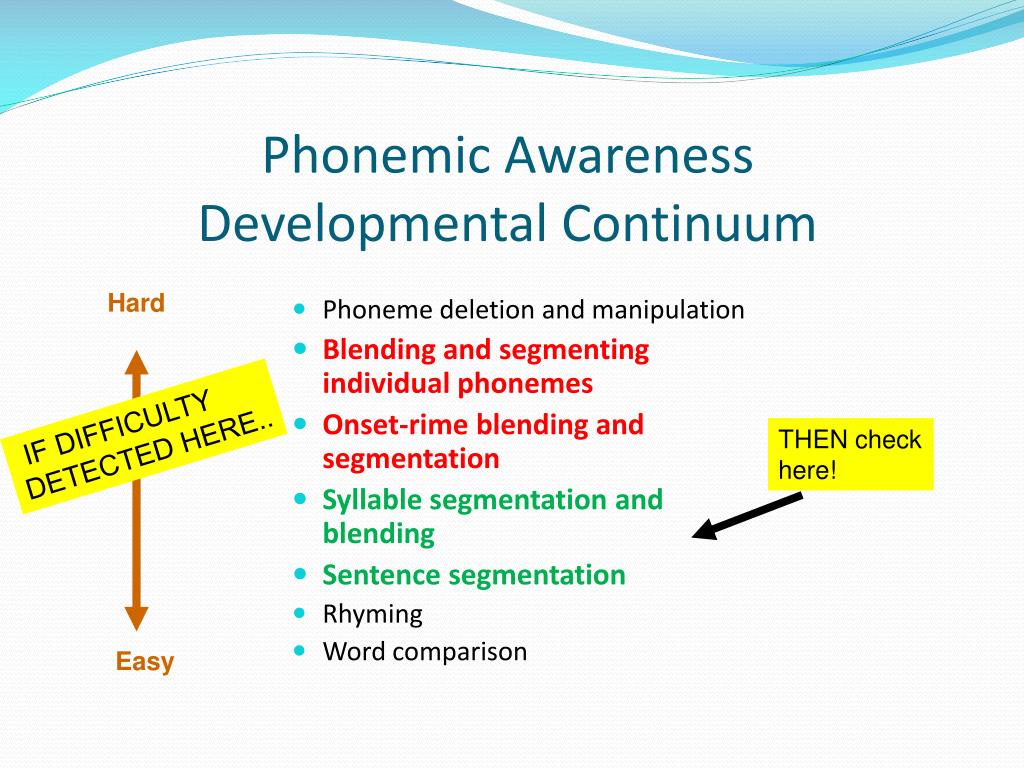 Have a prepared list of words to dictate for the practice. You may want to use vocabulary from one of your areas of study.
Have a prepared list of words to dictate for the practice. You may want to use vocabulary from one of your areas of study.
2. Take One Thing from the Box (Syllables)
Collect a number of objects in a box or basket. Make sure to include objects that differ from one another in the number of syllables in their name. Invite one student to close her or his eyes, choose an object from the container, and name it (e.g., “This is a pencil”). All of the children should repeat the chosen object’s name as they clap out its syllables. Then ask how many syllables were heard, taking care not to let anyone call out the answer too soon.
3. On My Way to the Store (Rhyme)
Have the students sit in a circle and provide something to toss, such as a small ball or beanbag. To begin the game, say, “I was on my way to the store to buy some cheese,” then toss the ball to a student. The student must repeat the phrase and add a rhyming word at the end, such as “I was on my way to the store to buy some peas (or trees, fleas, bees, knees, and so forth).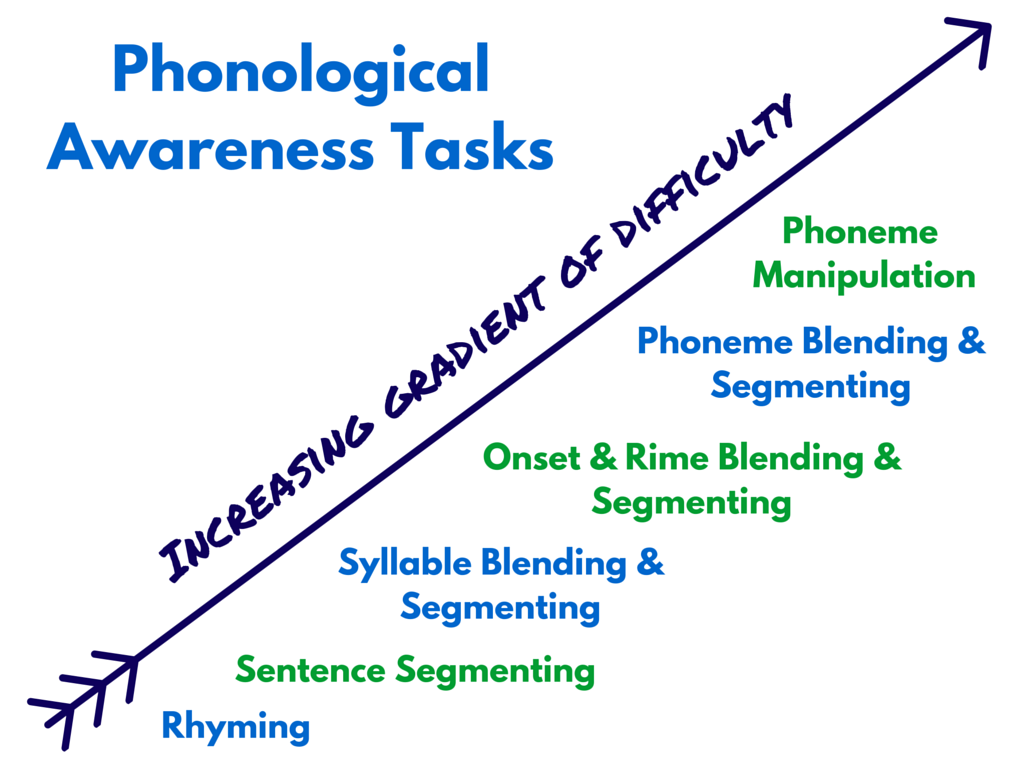 ” The student should then toss the ball back to the teacher, who repeats the original phrase with a new rhyming word (e.g., “I was on my way to the store to buy some jam (or ham, Sam, Pam, ram”). Keep the pace moving quickly so children do not lose interest.
” The student should then toss the ball back to the teacher, who repeats the original phrase with a new rhyming word (e.g., “I was on my way to the store to buy some jam (or ham, Sam, Pam, ram”). Keep the pace moving quickly so children do not lose interest.
4. The Ship is Loaded with… (Rhyme)
Seat the children in a circle, and make sure you have something to toss, such as a ball or a beanbag. To begin the game, say, “The ship is loaded with cheese.” Then toss the ball to somebody in the circle. This person must produce a rhyme (e.g., “The ship is loaded with peas”) and throw the ball back to you. Repeating your original rhyme, then toss the ball to another child. Continue the game in this way until the children run out of rhymes. Then begin the game again with new cargo.
5. Hearing Words in Sentences (Knowledge of Words and Sentences)
Give each child six or seven ordinary blocks, interlocking cubes, or squares of heavy paper, which they will use to represent the words in a sentence that you produce—one block for each word.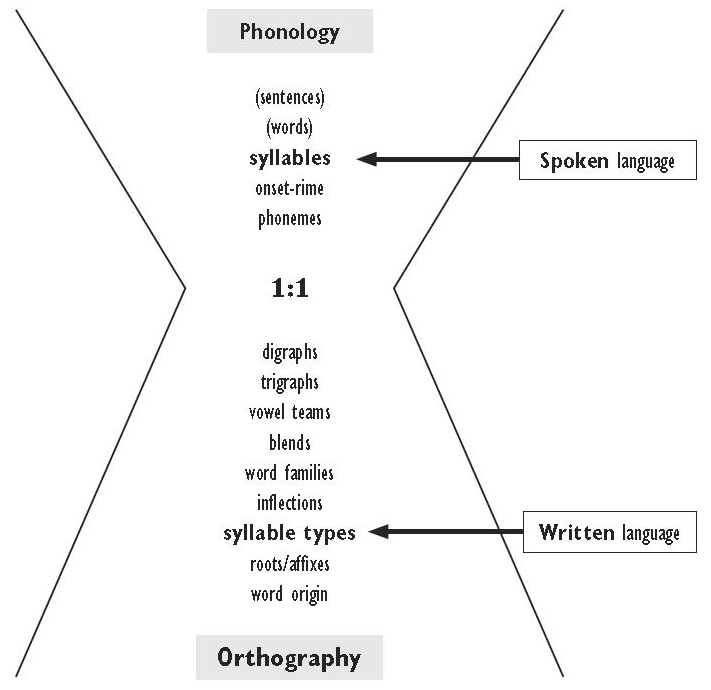 Model the required thought process for the children, showing them how to repeat your sentences to themselves word by word with clear pauses between each. Also encourage the children to arrange the blocks from left to right so that they begin to establish directionality. After arranging their blocks, the group should be asked to repeat your sentence, pointing to each block while pronouncing the word it represents.
Model the required thought process for the children, showing them how to repeat your sentences to themselves word by word with clear pauses between each. Also encourage the children to arrange the blocks from left to right so that they begin to establish directionality. After arranging their blocks, the group should be asked to repeat your sentence, pointing to each block while pronouncing the word it represents.
6. Animal Names (Phonemic Awareness)
Use animal picture cards or photos cut from magazines. Give students pictures and ask them to name the animals. Ask, “What sound do you hear at the beginning of that animal’s name?” If students have also worked on final sounds, the teacher may ask, “What sound do you hear at the end of that animal’s name?” This idea could be expanded with more pictures and could be “played” in centers with pairs of students.
7. Guess Who? (Phonemic Awareness)
With children seated in a circle, say “Guess whose name I’m going to say now.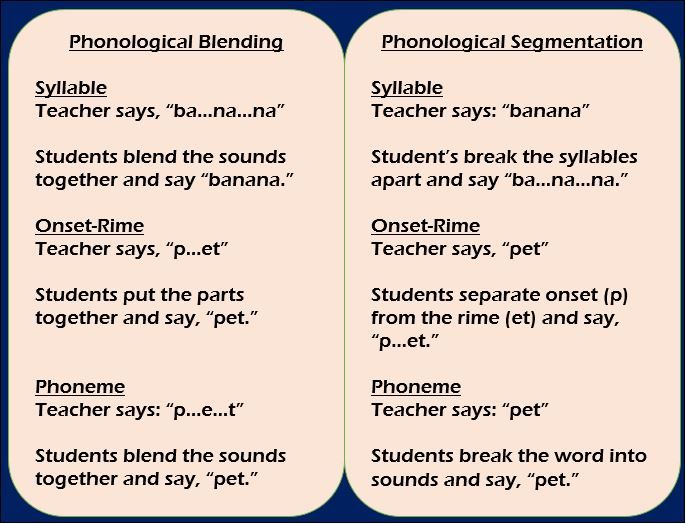 ” Then secretly choose the name of one of the students and distinctly enunciate its initial phoneme only. For names beginning with a stop consonant, such as David, the phoneme should be repeated over and over, clearly and distinctly: “/d/ /d/ /d/ /d/ /d/.” Continuant consonants should be stretched and repeated (e.g., “/s-s-s-s/ /s-s-s-s/ /s-s-s-s/ /s-s-s-s/”). If more than one child’s name has the same initial sound, encourage children to guess all of the possibilities. This introduces the point that every phoneme shows up in lots of different words.
” Then secretly choose the name of one of the students and distinctly enunciate its initial phoneme only. For names beginning with a stop consonant, such as David, the phoneme should be repeated over and over, clearly and distinctly: “/d/ /d/ /d/ /d/ /d/.” Continuant consonants should be stretched and repeated (e.g., “/s-s-s-s/ /s-s-s-s/ /s-s-s-s/ /s-s-s-s/”). If more than one child’s name has the same initial sound, encourage children to guess all of the possibilities. This introduces the point that every phoneme shows up in lots of different words.
8. Basic Three-Sound Words (Phoneme Isolation & Identity)
Give yourself and each of the children three blocks. Start by saying a two-sound word (e.g., ice) in two clearly separate parts, “¯ı . . . s,” asking the children to repeat what you have said. All the children should then represent the word with two blocks of different colors to show that it consists of two sounds. Next explain that words may consist of more than two sounds.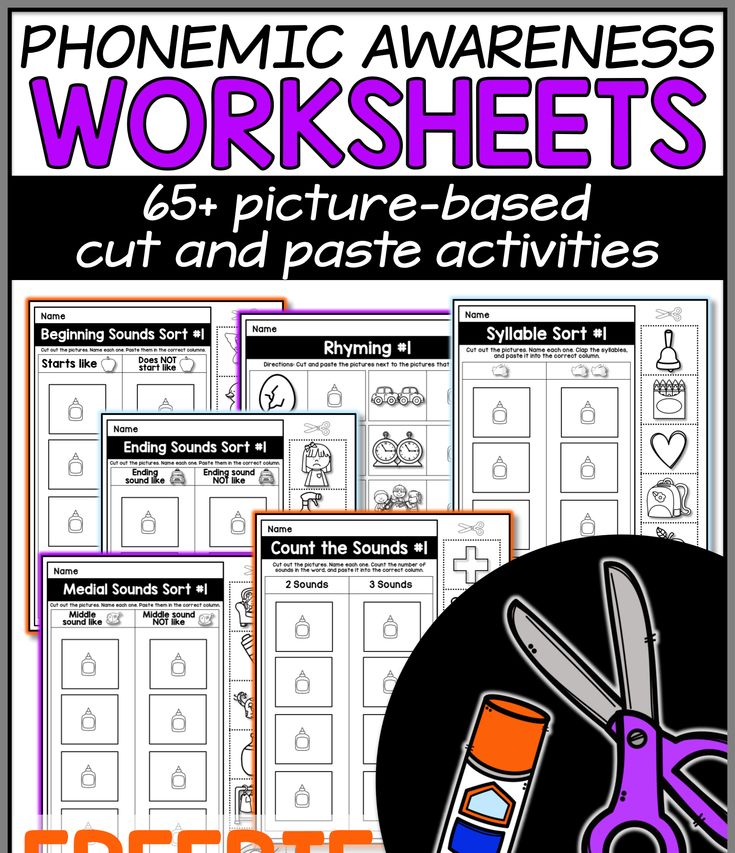 To demonstrate, say the word rice, “r . . . ¯ı . . . s,” and ask the children to repeat the word in unison. To represent the third phoneme, place a new block to the left of the two other blocks, pronouncing the whole word, phoneme by phoneme, as you point to each block in turn from left to right.
To demonstrate, say the word rice, “r . . . ¯ı . . . s,” and ask the children to repeat the word in unison. To represent the third phoneme, place a new block to the left of the two other blocks, pronouncing the whole word, phoneme by phoneme, as you point to each block in turn from left to right.
9. Silly Words (Phoneme Isolation & Identity)
Give the children a sound and have them replace the sound at the beginning of their names or any other desired words. The teacher may say, “The silly sound is /b/. Change the first sound in your name to /b/,” such that Mary becomes Barry and Sam becomes Bam.
10. Robot Talk (Phoneme Blending).
Say a word stretched out with every phoneme separated by about a second of time. The students then repeat the word back to you as a whole unit. For example, when the teacher says, “/b/…/l/…/a/…/ck/,” the students respond, “Black!”
11. Head-Waist-Toes (Phoneme Segmentation).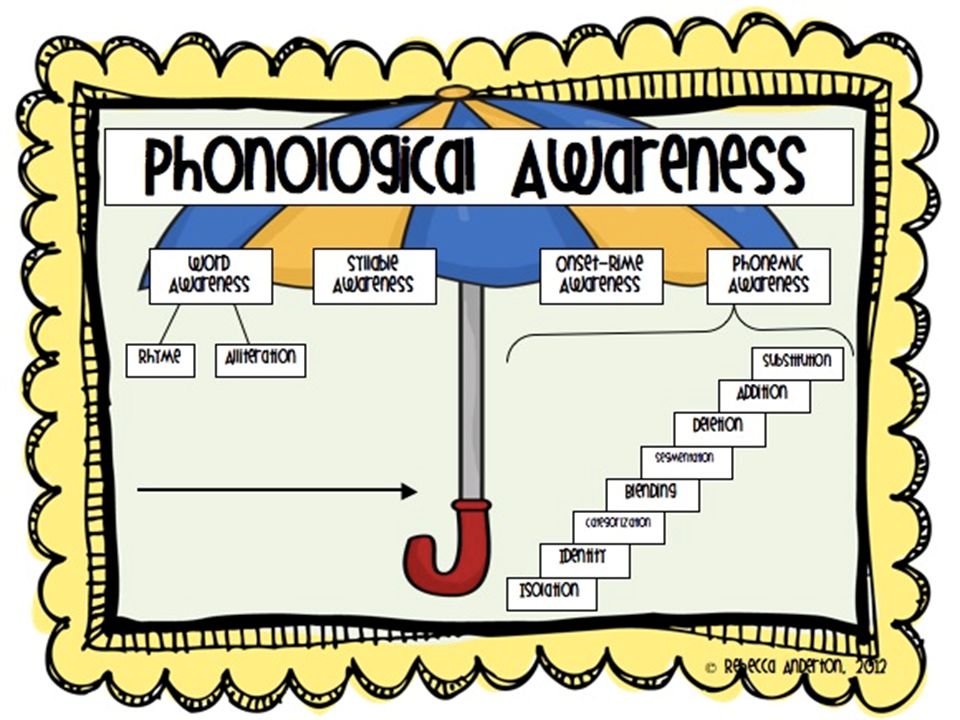
This is a great activity to help students identify internal sounds. Say a three-sound word, such as mitt. Students then stand and touch their heads while saying the first sound (/m/), waists while saying the second sound (/i/), and toes while saying the final sound (/t/). Then touch your waist again while saying, “What sound?” Continue to elicit the sounds in positions that students need help identifying.
Do you have a favorite phonological awareness activity for young children? Share yours in the comments below!
Get the books featured in today’s post:
-Activities 1, 3, 6, 9, 10, and 11 excerpted and adapted from Next STEPS in Literacy Instruction by Susan M. Smartt & Deborah R. Glaser
-Activities 2, 4, 5, 7, and 8 excerpted and adapted from Phonemic Awareness in Young Children by Marilyn Adams
Sign up for one of our FREE newsletters
Word games • Arzamas
You have Javascript disabled.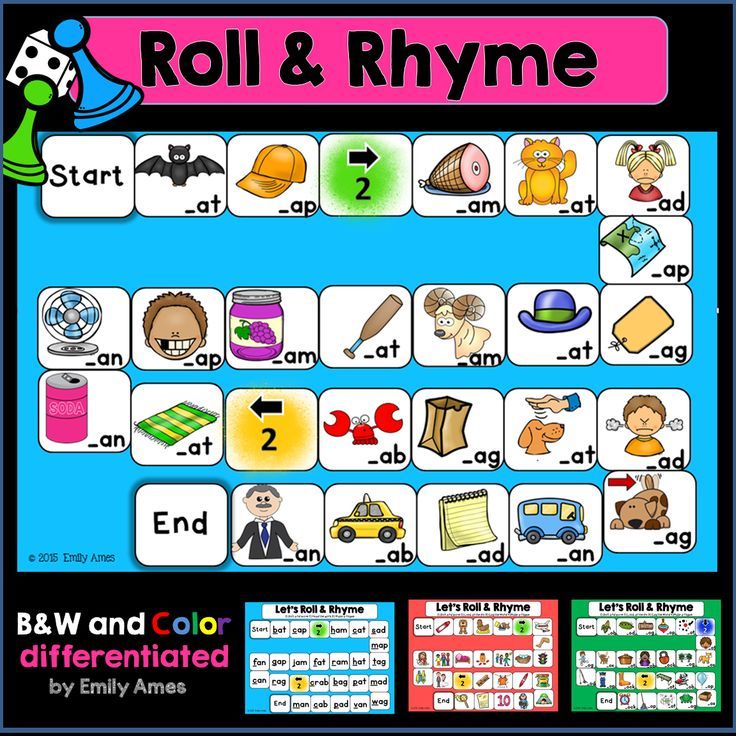 Please change your browser settings.
Please change your browser settings.
Materials
Arzamas for classes with schoolchildren! A selection of materials for teachers and parents
Everything you can do in an online lesson or just for fun
Cartoons are festival winners. Part 2
Tales, parables, experiments and absurdity
Guide to Yasnaya Polyana
Leo Tolstoy's favorite bench, greenhouse, stable and other places of the museum-estate of the writer worth seeing with children Migrants: how to fight for their rights with the help of music
Hip-hop, carnival, talking drums and other non-obvious ways
Old records: fairy tales of the peoples of the world
We listen and analyze Japanese, Italian, Scandinavian and Russian fairy tales
Video: ISS commander asks a scientist about space
Lecture at an altitude of 400 kilometers
How to make a movie
Horror film, comedy and melodrama at home
The most unusual animation techniques from sunflowers, cartoons and VR spices
Play the world's percussion instruments
Learn how the gong, marimba and drum work and build your own orchestra
How to put on a show
Shadow theatre, reading and other home theater options for children
Soviet puzzles
Solve children's puzzles of the 1920s-70s
22 cartoons for the little ones
What to watch if you don't have six
From "Wild Dog Dingo" to 904 "Timur and his team" 9003 What do you need 9003 to know about the main Soviet books for children and teenagers
A guide to children's poetry of the 20th century
From Agnia Barto to Mikhail Yasnov: children's poems in Russian
10 books by artists
Pages made of tracing paper - Milanese fog, and binding between reality and fantasy
How to choose a modern children's book
"Like Pippi, only about love": explaining new books through old ones
Word games
"Hat", "telegrams", "MPS" and other old and new games
Games from classic books
What the heroes of the works of Nabokov, Lindgren and Milne play
Plasticine animation: the Russian school
From Plasticine Crow to Plasticine Sausage
Cartoons - winners of festivals
Brave Mom, My Strange Grandpa, A Very Lonely Rooster and others
Non-fiction for children
How a whale’s heart beats, what’s inside a rocket and who plays the didgeridoo — 60 books about the world around
Guide to foreign popular music
200 artists, 20 genres and 1000 songs that will help you understand the music of the 1950s-2000s
Cartoons based on poems
Poems by Chukovsky, Kharms, Gippius and Yasnov in Russian animation
Home games
Shadow theater, crafts and paper dolls from children's books and magazines of the 19th–20th centuries
Books for the smallest
Modern literature from 0 to 5: read, look at, study
Puppet animation: Russian school 9004
Crow in Love, Devil No.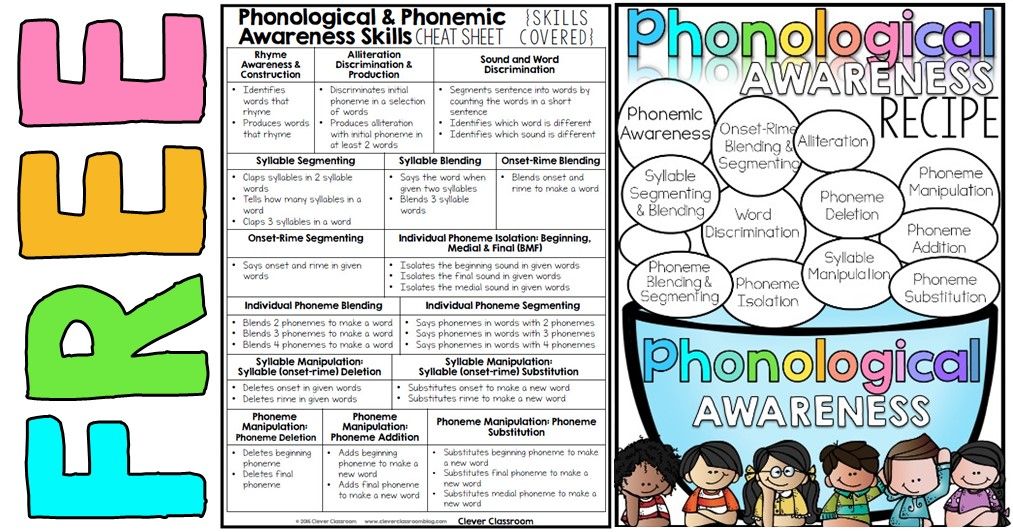 13, Lyolya and Minka and other old and new cartoons
13, Lyolya and Minka and other old and new cartoons
Smart coloring books
Museums and libraries offer to paint their collections
Reprints and reprints of children's books
Favorite fairy tales, stories and magazines of the last century, which you can buy again
What you can hear in classical music
Steps on ice, the voice of the cuckoo and the sounds of the night forest in the great compositions of the 18th-20th centuries
Soviet educational cartoons
Archimedes , dinosaurs, Antarctica and space — popular science cartoons in the USSR
Logic puzzles
Solve the argument of the wise men, make a bird out of a shirt and count the kittens correctly
Contemporary children's stories
The best short stories about grandmothers, cats, spies and knights
How Russian lullabies work
We explain why a spinning top is scary and why you shouldn't lie down on the edge. Bonus: 5 lullabies by Naadya
Musical fairy tales
How Tchaikovsky, Rimsky-Korsakov and Prokofiev work with the plots of children's fairy tales
Armenian School of Animation
The most rebellious cartoons of the Soviet Union
The Dina Goder Cartoon Collection
The Program Director of the Big Cartoon Festival advises what to watch with your child
Cartoons about art
How to tell children about Picasso, Pollock and Tatlin using animation
40 fire and who has a sieve in his nose: riddles from "Chizh", "Hedgehog" and books by Marshak and Chukovsky
Yard games
"Traffic light", "Shtander", "Kolechko" and other games for a large company
Poems that are interesting to learn by heart
What to choose if you were asked to learn a poem about mother, New Year or autumn
Old audio performances for children
Ole Lukoye, Gray Sheika, Cinderella and other interesting Soviet Recordings
Cartoons with classical music
How animation works with the music of Tchaikovsky, Verdi and Glass
How children’s rhymes work
“Ene, bene, slave, kvanter, manter, toad”: what does it all mean
"Hat", "telegrams", "MPS" and other games that require almost nothing but company and a desire to have a good time
Author Lev Gankin
Primer “A. B. C. Trim, alphabet enchanté. Illustrations by Bertal. France, 1861 Wikimedia Commons
B. C. Trim, alphabet enchanté. Illustrations by Bertal. France, 1861 Wikimedia Commons Oral games
Associations
Game for a big company. The host briefly leaves the room, during which time the rest decide which of those present they will guess (this may be the host himself). Upon returning, the player asks the others questions - what flower do you associate this person with, what vehicle, what part of the body, what kitchen utensils, etc. - in order to understand who is hidden. Questions can be very different - this is not limited by anything other than the imagination of the players. Since associations are an individual matter and an exact match may not happen here, it is customary to give the guesser two or three attempts. If the company is small, you can expand the circle of mutual acquaintances who are not present at that moment in the room, although the classic version of "associations" is still a hermetic game. nine0004
Game of P
A game for a company of four people, an interesting variation on the "hat" theme (see below), but does not require any special accessories.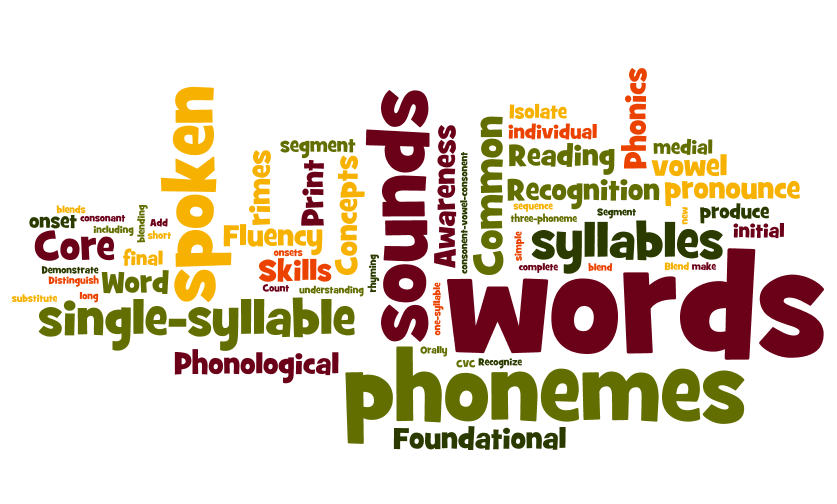 One player guesses a word to another, which he must explain to the others, but he can only use words starting with the letter "p" (any, except for the same root). That is, the word "house" will have to be explained, for example, as follows: "I built - I live." If you couldn’t guess right away, you can throw up additional associations: “building, premises, space, the simplest concept ...” And at the end add, for example, “Perignon” - by association with Dom Perignon champagne. If the guessers are close to winning, then the facilitator will need comments like “about”, “approximately”, “almost right” - or, in the opposite situation: “bad, wait!”. Usually, after the word is guessed, the explainer comes up with a new word and whispers it into the ear of the guesser - he becomes the next leader. nine0004
One player guesses a word to another, which he must explain to the others, but he can only use words starting with the letter "p" (any, except for the same root). That is, the word "house" will have to be explained, for example, as follows: "I built - I live." If you couldn’t guess right away, you can throw up additional associations: “building, premises, space, the simplest concept ...” And at the end add, for example, “Perignon” - by association with Dom Perignon champagne. If the guessers are close to winning, then the facilitator will need comments like “about”, “approximately”, “almost right” - or, in the opposite situation: “bad, wait!”. Usually, after the word is guessed, the explainer comes up with a new word and whispers it into the ear of the guesser - he becomes the next leader. nine0004
Lectures for children on this topic:
Course of lectures for children about the languages of the world
How many languages in the world, how do they differ and how are they similar to each other
Course of lectures for children about strange and new words of the Russian language
Why do linguists study jargon, parasitic words and speech errors
Primer "A.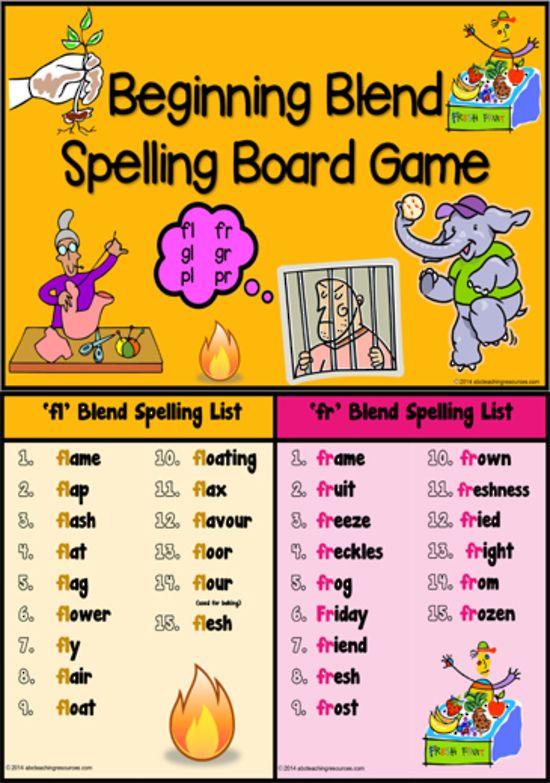 B. C. Trim, alphabet enchanté. Illustrations by Bertal. France, 1861 Wikimedia Commons
B. C. Trim, alphabet enchanté. Illustrations by Bertal. France, 1861 Wikimedia Commons Say the Same Thing
An upbeat and fast-paced game for two, named after a video clip by the inventive rock band OK Go, from which many people learned about it (the musicians even developed a mobile application that helps to play it from a distance, although it is currently unavailable). The meaning of the game is that on the count of one-two-three each of the players pronounces a randomly chosen word. Further, the goal of the players is, with the help of successive associations, to come to a common denominator: for the next time, two or three, both pronounce a word that is somehow connected with the previous two, and so on until the desired coincidence occurs. Suppose the first player said the word "house" and the second player said the word "sausage"; in theory, they can coincide very soon, if on the second move after one-two-three both say "store". But if one says “shop”, and the other says “refrigerator” (why not a sausage house?), then the game can drag on, especially since it’s impossible to repeat - neither the store nor the refrigerator will fit, and you will have to think, say, before "refrigerator" or "IKEI". If the original words are far from each other (for example, "curb" and "weightlessness"), then the gameplay becomes completely unpredictable. nine0004
If the original words are far from each other (for example, "curb" and "weightlessness"), then the gameplay becomes completely unpredictable. nine0004
Characters
A game for the company (the ideal number of players is from four to ten), which requires from the participants not only good imagination, but also, preferably, a little bit of acting skills. As usual, one of the players briefly leaves the room, and while he is gone, the rest come up with a word, the number of letters in which matches the number of participants remaining in the room. Next, the letters are distributed among the players, and a character is invented for each of them (therefore, words that contain "b", "s" or "b" do not fit). Until the word is guessed, the players behave in accordance with the chosen character - the leader's task is to understand exactly what characters his partners portray and restore the hidden word. Imagine, for example, that a company consists of seven people. One leaves, the rest come up with a six-letter word "old man" and distribute roles among themselves: the first, say, will be with indoor, the second - t erpel, the third - a secondary, the fourth - p asylum, the fifth - and mane and sixth - to ovary.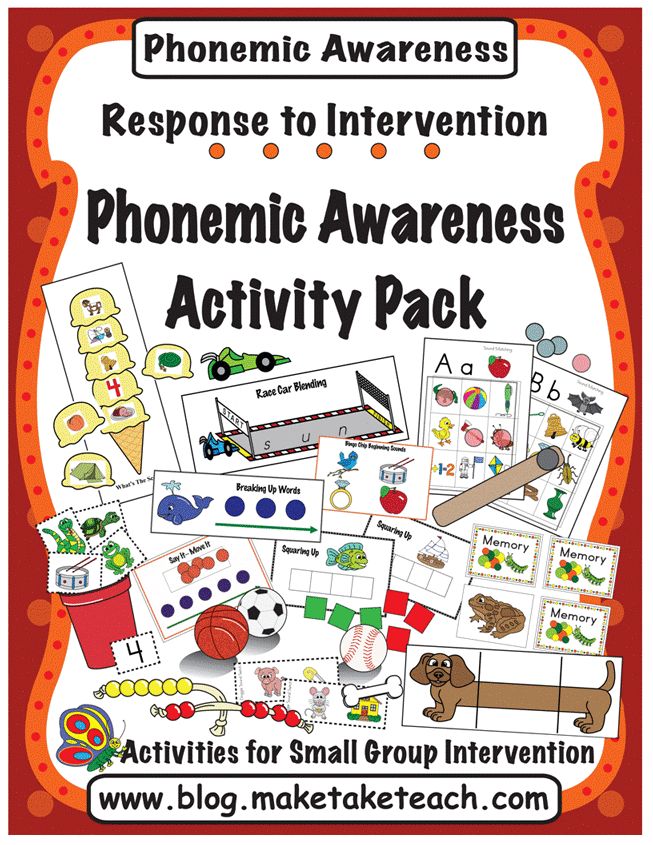 The returning player is greeted by a cacophony of voices - the company "lives" their roles until they are unraveled, and the host asks the players questions that help reveal their image. The only condition is that as soon as the presenter pronounces the correct character - for example, guesses the insidious one - he must admit that his incognito has been revealed and announce the number of his letter (in the word "old man" - the sixth). nine0004 Primer "A. B. C. Trim, alphabet enchanté. Illustrations by Bertal. France, 1861 Wikimedia Commons
The returning player is greeted by a cacophony of voices - the company "lives" their roles until they are unraveled, and the host asks the players questions that help reveal their image. The only condition is that as soon as the presenter pronounces the correct character - for example, guesses the insidious one - he must admit that his incognito has been revealed and announce the number of his letter (in the word "old man" - the sixth). nine0004 Primer "A. B. C. Trim, alphabet enchanté. Illustrations by Bertal. France, 1861 Wikimedia Commons
Recognize the song
A game for a company of four to five people. The host leaves, and the remaining players choose a well-known song and distribute its words among themselves - each word. For example, the song “Let there always be sun” is guessed: one player gets the word “let”, the second - “always”, the third - “will be”, the fourth - “sun”. The host returns and begins to ask questions - the most varied and unexpected: "What is your favorite city?", "Where does the Volga flow?", "What to do and who is to blame?".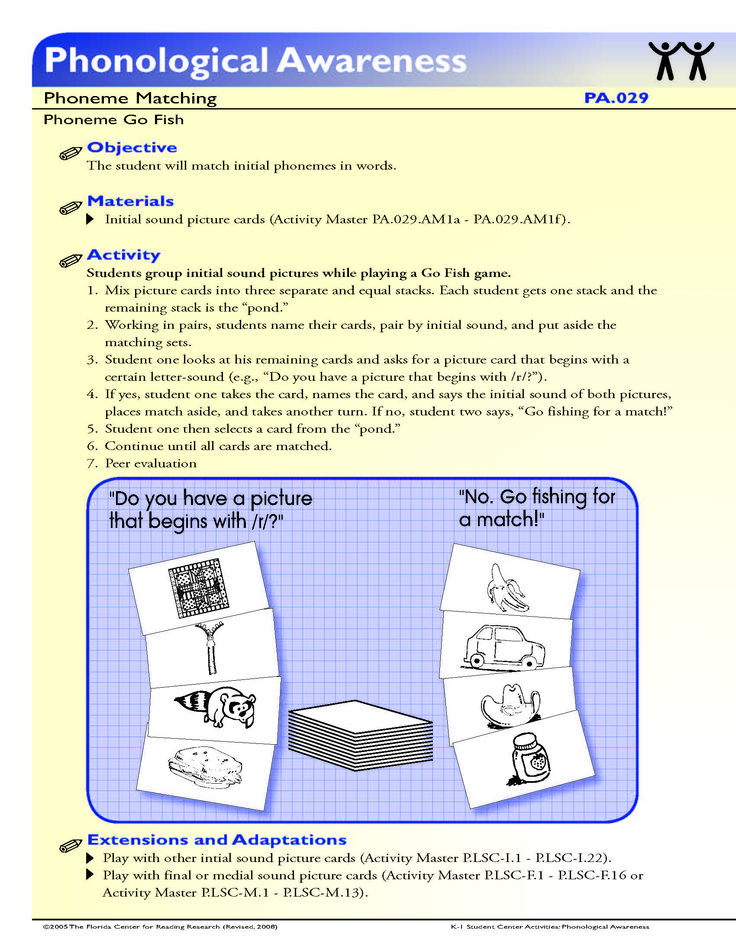 The task of the respondents is to use their own word in the answer and try to do it in such a way that it does not stand out too much; you need to answer quickly and not very extensively, but not necessarily truthfully. Answers to questions in this case can be, for example, “It’s hard for me to choose one city, but let today it will be Rio de Janeiro" or "Volga - into the Caspian, but this does not happen always , every third year it flows into the Black". The presenter must catch which word is superfluous in the answer and guess the song. They often play with lines from poetry rather than from songs.
The task of the respondents is to use their own word in the answer and try to do it in such a way that it does not stand out too much; you need to answer quickly and not very extensively, but not necessarily truthfully. Answers to questions in this case can be, for example, “It’s hard for me to choose one city, but let today it will be Rio de Janeiro" or "Volga - into the Caspian, but this does not happen always , every third year it flows into the Black". The presenter must catch which word is superfluous in the answer and guess the song. They often play with lines from poetry rather than from songs.
Tip
A game for four people divided into pairs (in principle, there can be three or four pairs). The mechanics is extremely simple: the first player from the first pair whispers a word (a common noun in the singular) into the ear of the first player from the second pair, then they must take turns calling their associations with this word (in the same form - common nouns; cognate words cannot be used ).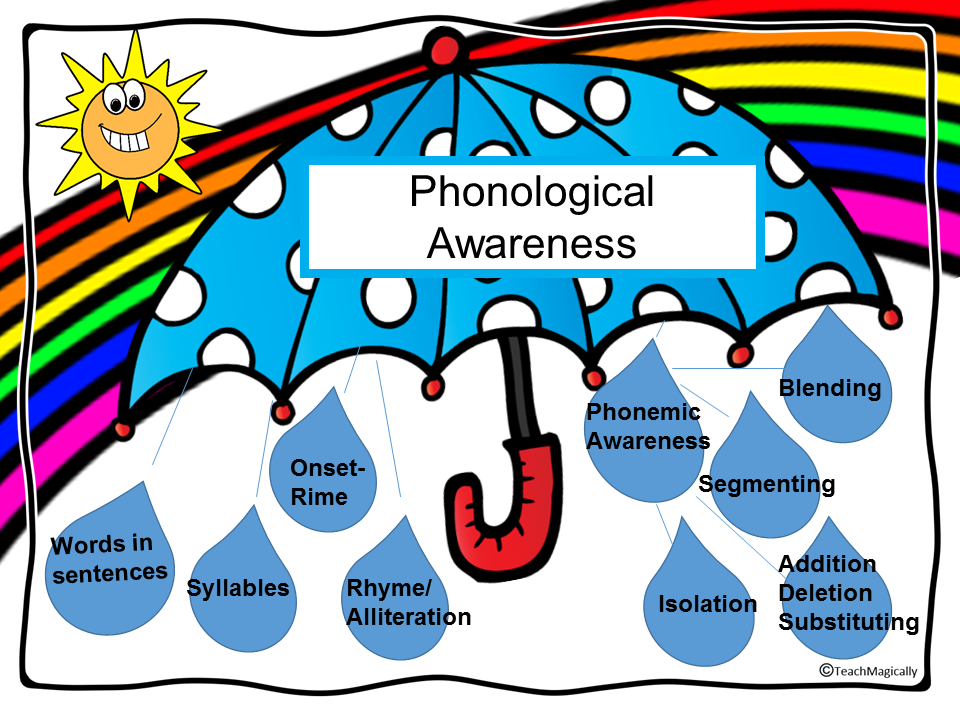 After each association, the teammate of the player who voiced it calls out his word, trying to guess if it was originally guessed - and so on, until the problem is solved by someone; at the same time, all associations already sounded in the game can be used in the future, adding one new one at each move. For example, suppose there are players A and B on one team, and C and D on the other. Player A whispers the word "old man" into player C's ear. Player C says aloud to his partner D: "age". If D immediately answers "old man", then the pair of C and D scores a point, but if he says, for example, "youth", then the move goes to player A, who, using the word "age" suggested by C (but discarding the irrelevant to the case "youth" from D), says to his partner B: "age, man." Now B will probably guess the old man - and his team with A will already earn a point. But if he says "teenager" (thinking that it is about the age when boys turn into men), then C, to whom the move suddenly returned, will say " age, man, eightieth birthday”, and here, probably, “old man” will be guessed.
After each association, the teammate of the player who voiced it calls out his word, trying to guess if it was originally guessed - and so on, until the problem is solved by someone; at the same time, all associations already sounded in the game can be used in the future, adding one new one at each move. For example, suppose there are players A and B on one team, and C and D on the other. Player A whispers the word "old man" into player C's ear. Player C says aloud to his partner D: "age". If D immediately answers "old man", then the pair of C and D scores a point, but if he says, for example, "youth", then the move goes to player A, who, using the word "age" suggested by C (but discarding the irrelevant to the case "youth" from D), says to his partner B: "age, man." Now B will probably guess the old man - and his team with A will already earn a point. But if he says "teenager" (thinking that it is about the age when boys turn into men), then C, to whom the move suddenly returned, will say " age, man, eightieth birthday”, and here, probably, “old man” will be guessed.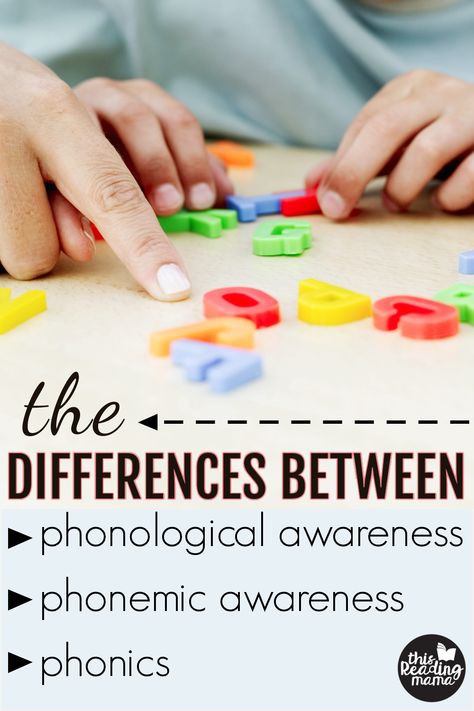 In one of the variants of the game, it is also allowed to "shout": this means that, having suddenly guessed what was meant, the player can shout out the option not on his turn. If he guessed right, his team will get a point, but if he rushed to conclusions, the team will lose a point. They usually play up to five points. nine0004 Primer "A. B. C. Trim, alphabet enchanté. Illustrations by Bertal. France, 1861 Wikimedia Commons
In one of the variants of the game, it is also allowed to "shout": this means that, having suddenly guessed what was meant, the player can shout out the option not on his turn. If he guessed right, his team will get a point, but if he rushed to conclusions, the team will lose a point. They usually play up to five points. nine0004 Primer "A. B. C. Trim, alphabet enchanté. Illustrations by Bertal. France, 1861 Wikimedia Commons
IPU
Game for a big company. Here we are forced to warn readers that, having seen this text in full, you will never be able to drive again - the game is one-time.
Spoiler →
First, the player who gets to drive leaves the room. When he returns, he must find out what MPS means - all that is known in advance is that the bearer of this mysterious abbreviation is present in the room right now. To find out the correct answer, the driver can ask other players questions, the answers to which should be formulated as “yes” or “no”: “Does he have blond hair?”, “Does he have blue eyes?”, “Is this a man?”, “He in jeans?", "Does he have a beard?"; moreover, each question is asked to a specific player, and not to all at once. Most likely, it will quickly become clear that there is simply no person in the room who meets all the criteria; Accordingly, the question arises, according to what principle the players give answers. "Opening" this principle will help answer the main question - what is MPS. The Ministry of Railways is not the Ministry of Communications at all, but m oh p equal s seated (that is, each player always describes the person sitting to his right). Another option is COP, to then about answered n last (that is, everyone talks about who answered the previous question).
Most likely, it will quickly become clear that there is simply no person in the room who meets all the criteria; Accordingly, the question arises, according to what principle the players give answers. "Opening" this principle will help answer the main question - what is MPS. The Ministry of Railways is not the Ministry of Communications at all, but m oh p equal s seated (that is, each player always describes the person sitting to his right). Another option is COP, to then about answered n last (that is, everyone talks about who answered the previous question).
Contact
A simple game that can be played with a group of three or more people. One thinks of a word (noun, common noun, singular) and calls its first letter aloud, the task of the others is to guess the word, remembering other words with this letter, asking questions about them and checking if the presenter guessed. The facilitator's task is not to reveal the next letters in the word to the players for as long as possible. For example, a word with the letter "d" is guessed. One of the players asks the question: “Is this by chance not the place where we live?” This is where the fun begins: the host must figure out as quickly as possible what the player means and say “No, this is not“ house ”” (well, or, if it was a“ house ”, honestly admit it). But in parallel, other players also think the same thing, and if they understand what “house” means before the leader, then they say: “contact” or “there is contact”, and start counting up to ten in chorus (while the count is going on, the presenter still has a chance to escape and guess what it is about!), and then they call the word. If at least two matched, that is, at the expense of ten they said “house” in chorus, the presenter must reveal the next letter, and the new guesser version will already begin with the now known letters “d” + the next one. If it was not possible to beat the host on this question, then the guessers offer a new option.
The facilitator's task is not to reveal the next letters in the word to the players for as long as possible. For example, a word with the letter "d" is guessed. One of the players asks the question: “Is this by chance not the place where we live?” This is where the fun begins: the host must figure out as quickly as possible what the player means and say “No, this is not“ house ”” (well, or, if it was a“ house ”, honestly admit it). But in parallel, other players also think the same thing, and if they understand what “house” means before the leader, then they say: “contact” or “there is contact”, and start counting up to ten in chorus (while the count is going on, the presenter still has a chance to escape and guess what it is about!), and then they call the word. If at least two matched, that is, at the expense of ten they said “house” in chorus, the presenter must reveal the next letter, and the new guesser version will already begin with the now known letters “d” + the next one. If it was not possible to beat the host on this question, then the guessers offer a new option.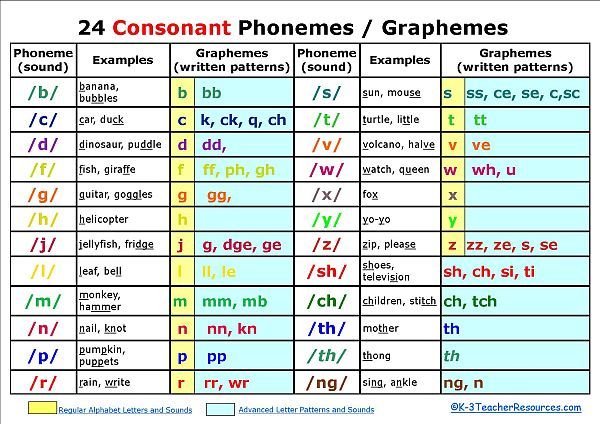 Of course, it makes sense to complicate the definitions, and not ask everything directly - so the question about "home" would sound better like "Is this not where the sun rises?" (with a reference to the famous song "House of the Rising Sun" by The Animals). Usually, the one who eventually gets to the searched word (names it or asks a question leading to victory) becomes the next leader. nine0004 Primer "A. B. C. Trim, alphabet enchanté. Illustrations by Bertal. France, 1861 Wikimedia Commons
Of course, it makes sense to complicate the definitions, and not ask everything directly - so the question about "home" would sound better like "Is this not where the sun rises?" (with a reference to the famous song "House of the Rising Sun" by The Animals). Usually, the one who eventually gets to the searched word (names it or asks a question leading to victory) becomes the next leader. nine0004 Primer "A. B. C. Trim, alphabet enchanté. Illustrations by Bertal. France, 1861 Wikimedia Commons
Writing games
Encyclopedia
Not the fastest, but extremely exciting game for a company of four people - you will need pens, paper and some kind of encyclopedic dictionary (preferably not limited thematically - that is, TSB is better than a conditional "biological encyclopedia"). The host finds a word in the encyclopedia that is unknown to anyone present (here it remains to rely on their honesty - but cheating in this game is uninteresting and unproductive).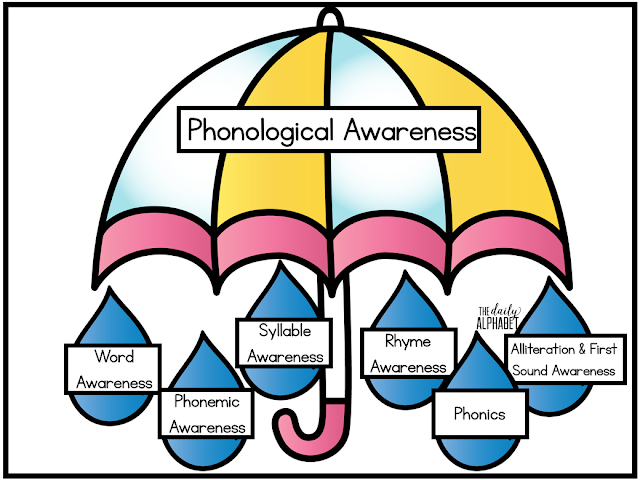 The task of each of the players is to write an encyclopedic definition of this word, inventing its meaning from the head and, if possible, disguising the text as a real small encyclopedic article. The presenter, meanwhile, carefully rewrites the real definition from the encyclopedia. After that, the “articles” are shuffled and read out by the presenter in random order, including the real one, and the players vote for which option seems most convincing to them. In the end, the votes are counted and points are distributed. Any player receives a point for correctly guessing the real definition and one more point for each vote given by other participants to his own version. After that, the sheets are distributed back and a new word is played out - there should be about 6-10 of them in total. You can also play this game in teams: come up with imaginary definitions collectively. The game "poems" is arranged in a similar way - but instead of a compound word, the host selects two lines from some little-known poem in advance and invites the participants to add quatrains.
The task of each of the players is to write an encyclopedic definition of this word, inventing its meaning from the head and, if possible, disguising the text as a real small encyclopedic article. The presenter, meanwhile, carefully rewrites the real definition from the encyclopedia. After that, the “articles” are shuffled and read out by the presenter in random order, including the real one, and the players vote for which option seems most convincing to them. In the end, the votes are counted and points are distributed. Any player receives a point for correctly guessing the real definition and one more point for each vote given by other participants to his own version. After that, the sheets are distributed back and a new word is played out - there should be about 6-10 of them in total. You can also play this game in teams: come up with imaginary definitions collectively. The game "poems" is arranged in a similar way - but instead of a compound word, the host selects two lines from some little-known poem in advance and invites the participants to add quatrains.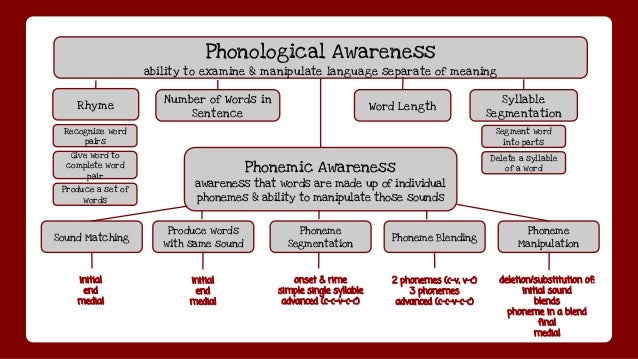 nine0004
nine0004
Game from Inglourious Basterds
A game for a company of any size that many knew before the Quentin Tarantino film, but it does not have a single name. Each player invents a role for his neighbor (usually it is some famous person), writes it on a piece of paper and sticks the piece of paper on his neighbor's forehead: accordingly, everyone sees what role someone has, but does not know who they are. The task of the participants is, with the help of leading questions, the answers to which are formulated as “yes” or “no” (“Am I a historical figure?”, “Am I a cultural figure?”, “Am I a famous athlete?”), to find out who exactly they are. In this form, however, the game exhausts itself rather quickly, so you can come up with completely different themes and instead of famous people play, for example, in professions (including exotic ones - "carousel", "taxidermist"), in film and literary heroes (you can mix them with real celebrities, but it’s better to agree on this in advance), food (one player will be risotto, and the other, say, green cabbage soup) and even just items.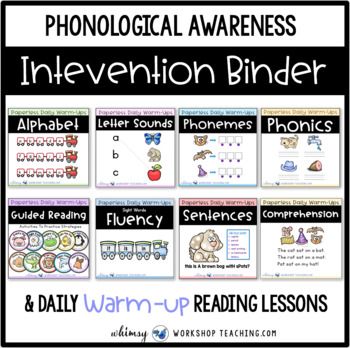 nine0004 Primer "A. B. C. Trim, alphabet enchanté. Illustrations by Bertal. France, 1861 Wikimedia Commons
nine0004 Primer "A. B. C. Trim, alphabet enchanté. Illustrations by Bertal. France, 1861 Wikimedia Commons
Bulls and cows
A game for two: one participant thinks of a word, and it is agreed in advance how many letters should be in it (usually 4-5). The task of the second is to guess this word by naming other four- or five-letter words; if some letters of the named word are in the hidden one, they are called cows, and if they have the same place inside the word, then these are bulls. Let's imagine that the word "eccentric" is conceived. If the guesser says “dot”, then he receives an answer from the second player: “three cows” (that is, the letters “h”, “k” and “a”, which are in both “eccentric” and “dot”, but in different places). If he then says "head of head", he will no longer get three cows, but two cows and one bull - since the letter "a" in both "eccentric" and "head" is in the fourth position. As a result, sooner or later, it is possible to guess the word, and the players can change places: now the first one will guess the word and count the bulls and cows, and the second one will name his options and track the extent to which they coincide with the one guessed.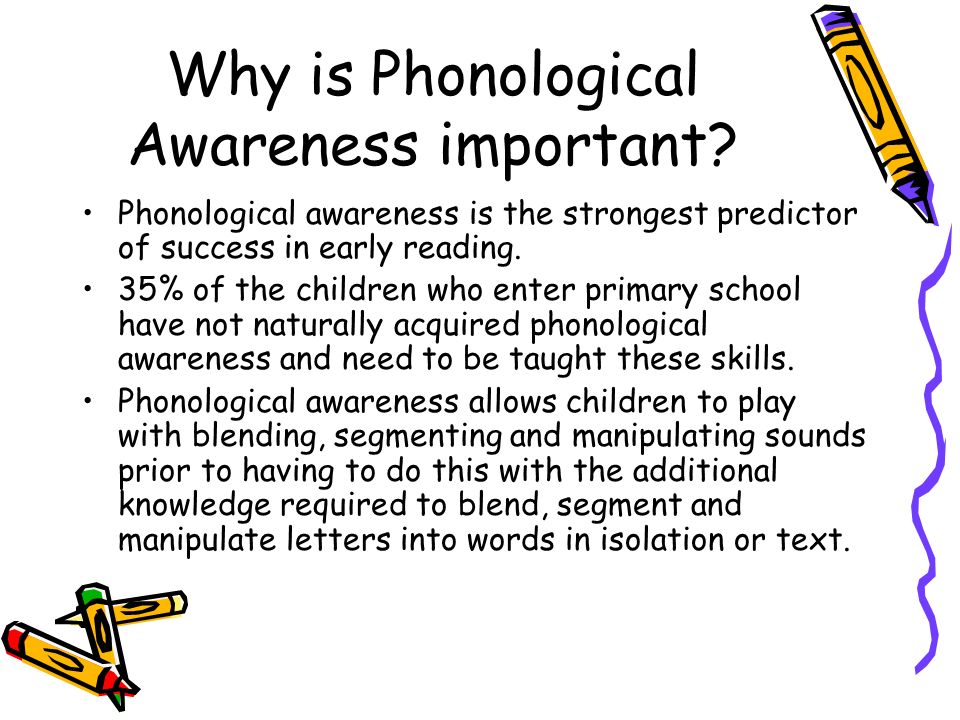 You can also complicate the process by simultaneously guessing your own word and guessing the opponent's word. nine0004
You can also complicate the process by simultaneously guessing your own word and guessing the opponent's word. nine0004
Intellect
Writing game for the company (but you can also play together), consisting of three rounds, each for five minutes. In the first, players randomly type thirteen letters (for example, blindly poking a book page with their finger) and then form words from them, and only long ones - from five letters. In the second round, you need to choose a syllable and remember as many words as possible that begin with it, you can use single-root ones (for example, if the syllable "house" is selected, then the words "house", "domra", "domain", "domain", "brownie", "housewife", etc.). Finally, in the third round, the syllable is taken again, but now you need to remember not ordinary words, but the names of famous people of the past and present in which it appears, and not necessarily at the beginning - that is, both Karamzin and McCartney will fit the syllable "kar" , and, for example, Hamilcar. An important detail: since this round provokes the most disputes and scams, game participants can ask each other to prove that this person is really a celebrity, and here you need to remember at least the profession and country. Typical dialogue: "What, you don't know Hamilcar? But this is a Carthaginian commander!” After each round, points are counted: if a particular word is the same for all players, it is simply crossed out, in other cases, players are awarded as many points for it as the opponents could not remember it. In the first round, you can still add points for especially long words. Based on the results of the rounds, it is necessary to determine who took the first, second, third and other places, and add up these places at the end of the game. The goal is to get the smallest number at the output (for example, if you were the winners of all three rounds, then you will get the number 3 - 1 + 1 + 1, and you are the champion; less cannot be purely mathematical). nine0004 Primer "A.
An important detail: since this round provokes the most disputes and scams, game participants can ask each other to prove that this person is really a celebrity, and here you need to remember at least the profession and country. Typical dialogue: "What, you don't know Hamilcar? But this is a Carthaginian commander!” After each round, points are counted: if a particular word is the same for all players, it is simply crossed out, in other cases, players are awarded as many points for it as the opponents could not remember it. In the first round, you can still add points for especially long words. Based on the results of the rounds, it is necessary to determine who took the first, second, third and other places, and add up these places at the end of the game. The goal is to get the smallest number at the output (for example, if you were the winners of all three rounds, then you will get the number 3 - 1 + 1 + 1, and you are the champion; less cannot be purely mathematical). nine0004 Primer "A. B. C. Trim, alphabet enchanté. Illustrations by Bertal. France, 1861 Wikimedia Commons
B. C. Trim, alphabet enchanté. Illustrations by Bertal. France, 1861 Wikimedia Commons
Frame
A game for any number of people, which was invented by one of the creators of the Kaissa chess program and the author of the anagram search program Alexander Bitman. First, the players choose several consonants - this will be the frame, the skeleton of the word. Then the time is recorded (two or three minutes), and the players begin to “stretch” vowels (as well as “й”, “ь”, “ъ”) onto the frame to make existing words. Consonants can be used in any order, but only once, and vowels can be added in any number. For example, players choose the letters "t", "m", "n" - then the words "fog", "cloak", "mantle", "coin", "darkness", "ataman", "dumbness" and other. The winner is the one who can come up with more words (as usual, these should be common nouns in the singular). The game can be played even with one letter, for example, "l". The words “silt”, “lay”, “yula”, “aloe”, “spruce” are formed around it, and if we agree that the letter can be doubled, “alley” and “lily”.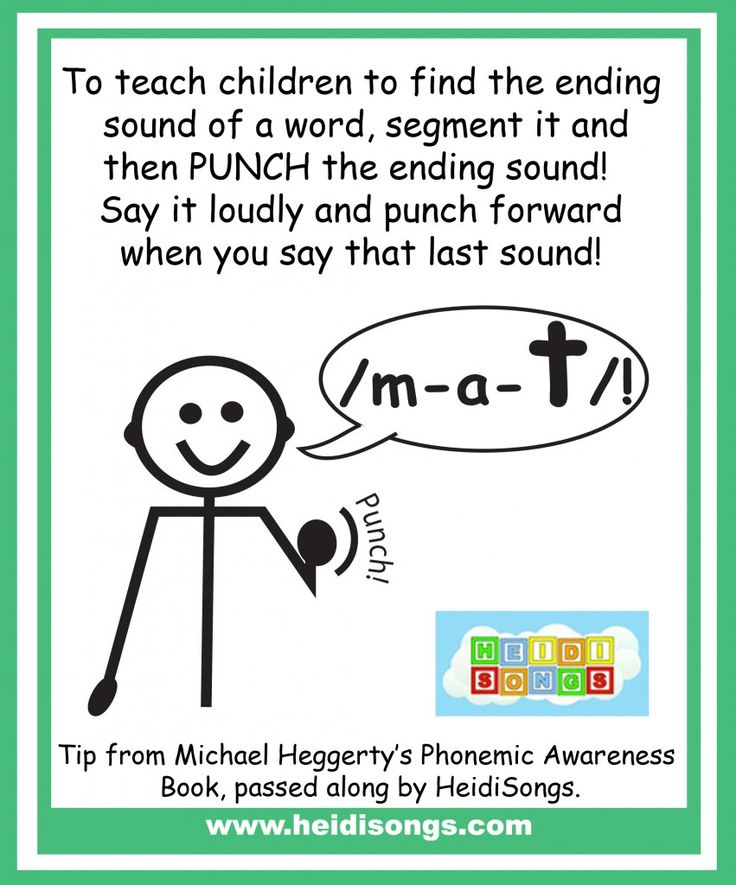 If the standard "framework" is mastered, then the task may be to compose a whole phrase with one consonant: a textbook example from the book by Evgeny Gik - "Bobby, kill the boy and beat the woman at the baobab." nine0004
If the standard "framework" is mastered, then the task may be to compose a whole phrase with one consonant: a textbook example from the book by Evgeny Gik - "Bobby, kill the boy and beat the woman at the baobab." nine0004
Chain of words
Game for any number of players. Many people know it under the name "How to make an elephant out of a fly", and it was invented by the writer and mathematician Lewis Carroll, the author of "Alice". The “chain” is based on metagram words, that is, words that differ by only one letter. The task of the players is to turn one word into another with the least number of intermediate links. For example, let's make a "goat" from a "fox": FOX - LINDE - PAW - KAPA - KARA - KORA - GOAT. It is interesting to give tasks with a plot: so that the “day” turns into “night”, the “river” becomes the “sea”. The well-known chain, where the "elephant" grows out of the "fly", is obtained in 16 moves: FLY - MURA - TURA - TARA - KARA - KARE - CAFE - KAFR - MURDER - KAYUK - HOOK - URIK - LESSON - TERM - DRAIN - STON - ELEPHANT (example of Evgeny Gik). For training, you can compete in the search for metagrams for any word. For example, the word "tone" gives "sleep", "background", "current", "tom", "tan" and so on - whoever scores more options wins. nine0004 Primer "A. B. C. Trim, alphabet enchanté. Illustrations by Bertal. France, 1861 Wikimedia Commons
For training, you can compete in the search for metagrams for any word. For example, the word "tone" gives "sleep", "background", "current", "tom", "tan" and so on - whoever scores more options wins. nine0004 Primer "A. B. C. Trim, alphabet enchanté. Illustrations by Bertal. France, 1861 Wikimedia Commons
Hat
A game for a company of four people, requiring simple equipment: pens, paper and a “hat” (an ordinary plastic bag will do). Sheets of paper need to be torn into small pieces and distributed to the players, the number of pieces depends on how many people are playing: the larger the company, the less for each. Players write words on pieces of paper (one for each piece of paper) and throw them into the "hat". There are also options here - you can play just with words (noun, common noun, singular), or you can play with famous people or literary characters. Then the participants are divided into teams - two or more people each; the task of each - in 20 seconds (or 30, or a minute - the timing can be set at your own choice) to explain to your teammates the largest number of words arbitrarily pulled out of the "hat", without using the same root.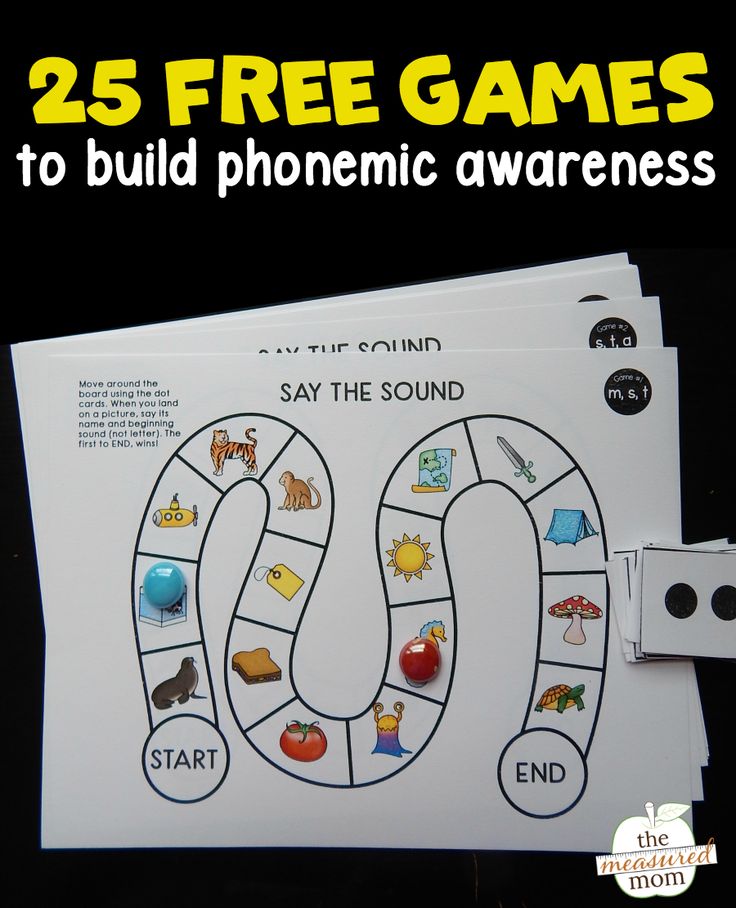 If the driver could not explain a word, it returns to the hat and will be played by the other team. At the end of the game, the words guessed by different representatives of the same team are summed up, their number is counted, and the team that has more pieces of paper is awarded the victory. A popular version of the game: everything is the same, but in the first round the players explain the words (or describe the characters) orally, in the second round they show in pantomime, in the third round they explain the same words in one word. And recently a board game has appeared, where you need not only to explain and show, but also to draw. nine0004
If the driver could not explain a word, it returns to the hat and will be played by the other team. At the end of the game, the words guessed by different representatives of the same team are summed up, their number is counted, and the team that has more pieces of paper is awarded the victory. A popular version of the game: everything is the same, but in the first round the players explain the words (or describe the characters) orally, in the second round they show in pantomime, in the third round they explain the same words in one word. And recently a board game has appeared, where you need not only to explain and show, but also to draw. nine0004
Telegrams
Game for any number of players. The players choose a word, for each letter of which they will need to come up with a part of the telegram - the first letter will be the beginning of the first word, the second - the second, and so on. For example, the word "fork" is selected. Then the following message can become a telegram: “The camel is healed. I'm flying a crocodile. Aibolit". Another round of the game is the addition of genres. Each player gets the task to write not one, but several telegrams from the same word - business, congratulatory, romantic (the types of messages are agreed in advance). Telegrams are read aloud, the next word is chosen. nine0004
I'm flying a crocodile. Aibolit". Another round of the game is the addition of genres. Each player gets the task to write not one, but several telegrams from the same word - business, congratulatory, romantic (the types of messages are agreed in advance). Telegrams are read aloud, the next word is chosen. nine0004
even more different games for one or a company
Home games
Shadow theater, crafts and paper dolls from children's books and magazines of the XIX-XX centuries Ring and other games
Games from classic books
What do the heroes of the works of Nabokov, Lindgren and Milne play
A children's course on where games, jokes, horror stories and memes come from and why we need them
Children's room
Special project
Children's room Arzamas
Sources
- Balandin B.
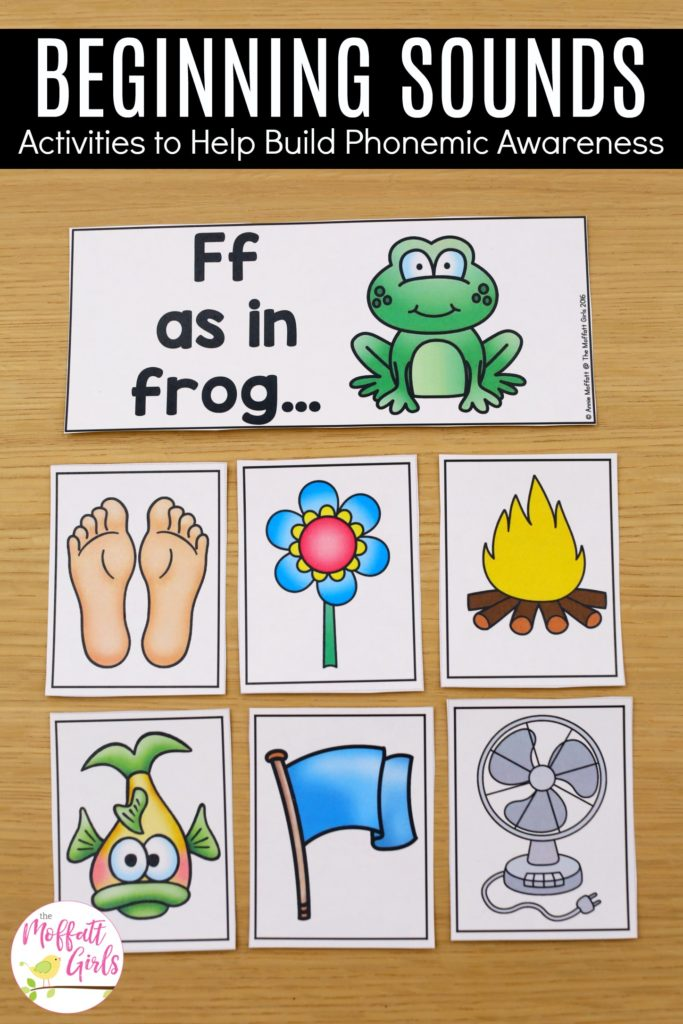 B. Big book of intellectual games and entertaining questions for smart people and smart girls.
B. Big book of intellectual games and entertaining questions for smart people and smart girls. M., 2008.
- Bocharova A. G., Goreva T. M., Okun V. Ya. 500 wonderful children's games.
M., 1999.
- Geek E. Ya. Entertaining mathematical games.
M., 1987.
- Fedin S. N. The best games with words.
M., 2001.
- Firsova L. M. Games and entertainment. Book 1.
M., 1989.
Tags
Children
Game
Entertainment
Boris Trofimov: “For art, a nutrient environment”
jumps from the balloon, demobilian drawings on dials, the design of Olympic icons, practice on the collective farm, as well as games in the collective farm rasshibets, pristenochku and "cross and sleepers". Today on Arzamas is a film in which graphic designer Boris Trofimov talks about his service in the Airborne Forces, the school of Russian design, and what distinguishes an artist from a craftsman
© Arzamas 2023.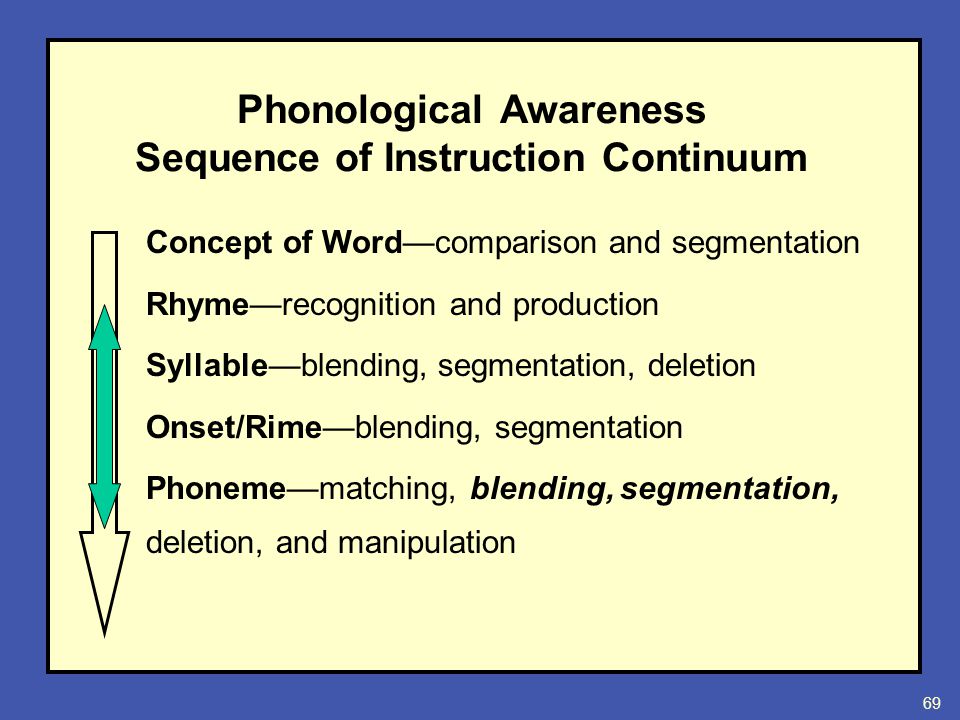 All rights reserved
All rights reserved
7 word games suitable for children of any age
When there is no energy left for active games that require careful preparation, word games come to the rescue. We've put together a selection of seven cool games that all you need to do is be in the company of more than two people and be in a good mood! You can also play them via video link.
1. "Guess the word!"
Number of players: from 2 people
Very simple and funny game. Headphones are put on one player, in which music plays loudly so that he does not hear anything. His task is to guess the word by the lips when another player says it. If several people are involved, then you can explain the word in turn or split into pairs.
2. "I never..."
Number of players: from 2 people
Today, this game has many variations. We offer the most common version. Participants take turns to name some action that they have never done. For example, player A says, "I've never been late for class.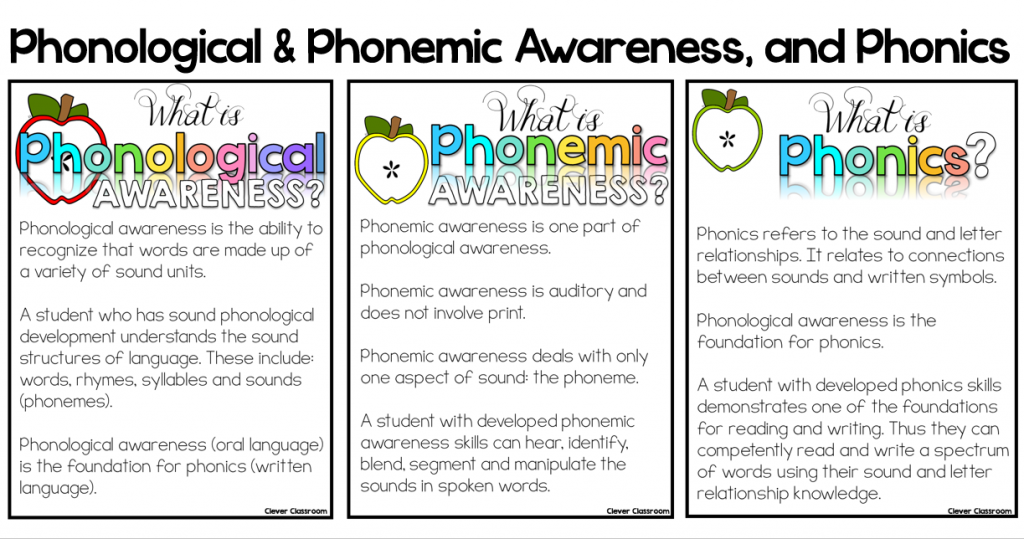 " Everyone who was late for them bends one finger. The game continues until one of the participants has all their fingers bent. According to the main version of the game, the person who was the first to bend all the fingers lost, but lived the most eventful life! nine0004
" Everyone who was late for them bends one finger. The game continues until one of the participants has all their fingers bent. According to the main version of the game, the person who was the first to bend all the fingers lost, but lived the most eventful life! nine0004
By the way, you can also play in English if you want a different level of difficulty.
3. "Thematic words"
Number of players: from 2 people
The rules of the game are extremely simple. You and other participants need to come up with a topic on which you will name the words. For example, "school". Then all participants in a circle should name nouns that relate to the main topic. If one of the participants thinks for more than five seconds or repeats an already spoken word, he is eliminated. The last one left wins. When the circle is over, you can start a new one on a different topic until one of the participants wins, for example, three times. nine0004
4. "P"
Number of players: from 3 people
First, all players need to agree on which words will be used throughout the game: only nouns, or names, verbs and phrases can be used. Then one player guesses a word in the ear of the other. He must explain it to another participant in the game, using only words that begin with the letter "p" to describe it. For example: “Please look, think, the postman brings mail ...” The task of all players is to name the hidden word. When it is named, the explainer comes up with a new one for the guesser. nine0004
Then one player guesses a word in the ear of the other. He must explain it to another participant in the game, using only words that begin with the letter "p" to describe it. For example: “Please look, think, the postman brings mail ...” The task of all players is to name the hidden word. When it is named, the explainer comes up with a new one for the guesser. nine0004
If this version of the game is already fed up, we suggest guessing not only a word, but also a letter with which the player needs to explain the word.
By the way, the explainer also needs to express agreement or disagreement with the train of thought of the players who guess, only in words beginning with the chosen letter. For example, "right" and "think better."
5. “I take with me on a hike…”
Number of players: from 3 people
At the beginning of the game, you need to choose a leader. This person must come up with a principle by which he will take others with him on a campaign.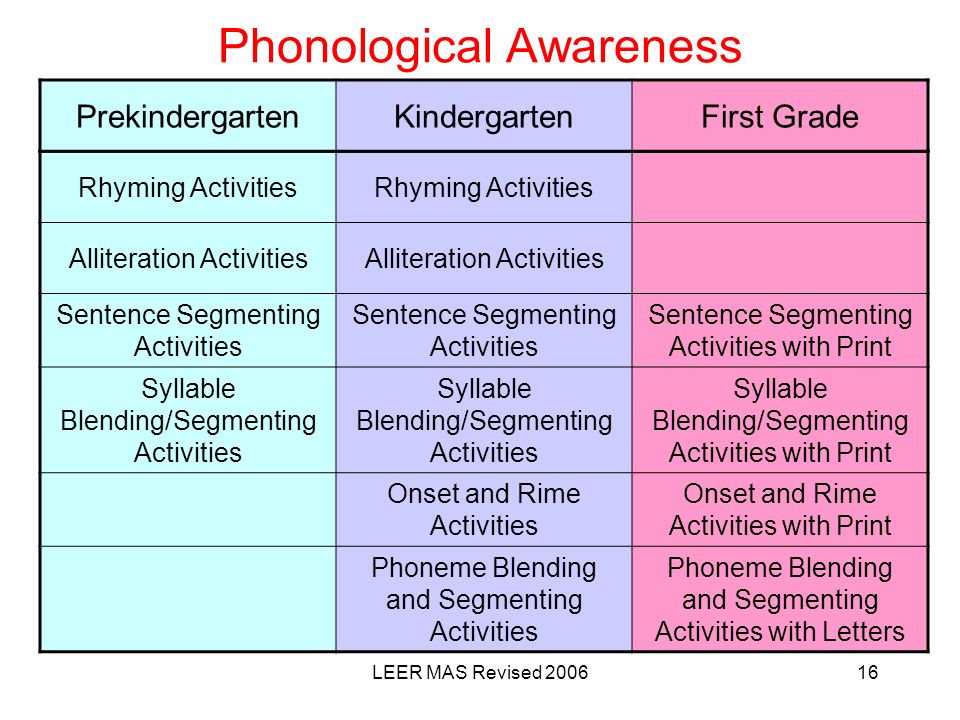 For example, those who name objects with a specific letter, or those whose words consist of five letters. nine0004
For example, those who name objects with a specific letter, or those whose words consist of five letters. nine0004
Next, the players take turns saying the phrase "I'm taking with me on a hike ..." and naming the object. If he fits the conceived principle, then the leader answers: "Yes, and you are going on a hike with me." If the word does not fit: "No, you are not going camping with me."
The task of all players is to guess the principle by which the leader selects people. If one of the participants guesses, he should quietly express his guess in the ear of the presenter or write on the phone. The game continues until everyone has guessed the principle. nine0004
6. Alibi
Number of players: from 4 people
At the beginning of the game, you need to choose two people who will play the role of criminals. They must isolate themselves from the rest in another room and think through to the smallest detail what they did together on the day they robbed the bank: what the weather was like, what they were wearing, who they met on the street, the whole sequence of actions.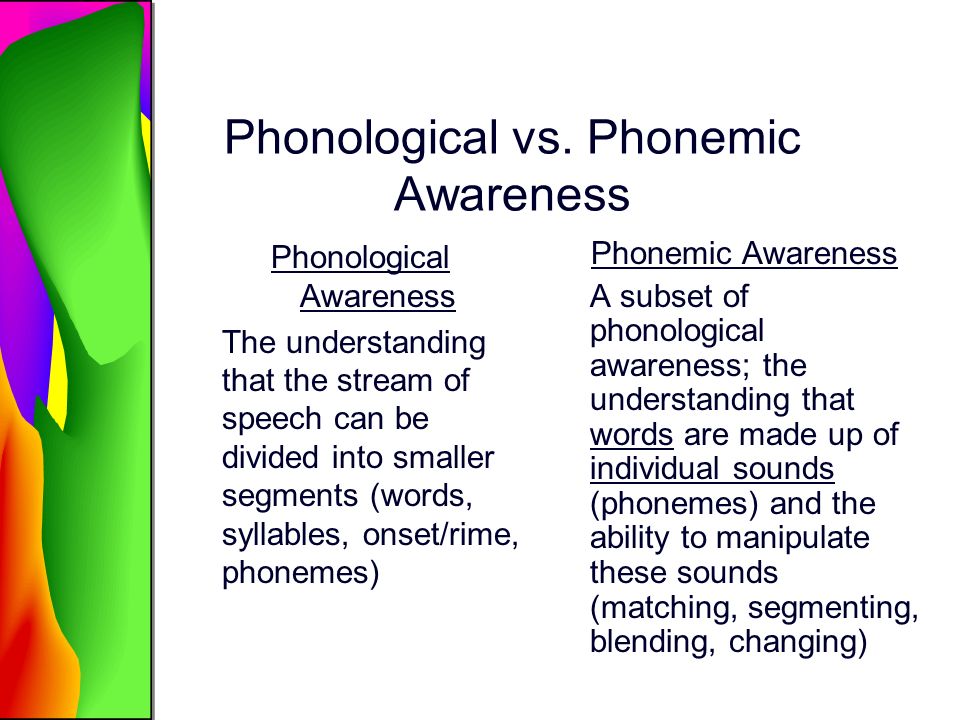 The main goal of criminals is to come up with the perfect alibi.
The main goal of criminals is to come up with the perfect alibi.
While they are doing this, the other players turn into detectives. They need to come up with 10-15 questions that they will ask the criminals in order to bring them to clean water and solve the crime. nine0004
When both teams are ready, the first criminal enters the room and begins to tell what he did on the day of the crime, from morning to evening. It is important that the second criminal at this moment remains in another room and does not hear the speech of the first. When the first one finishes speaking, the detectives ask him prepared questions and memorize the answers. After that, the second criminal enters the room, tells his story and also answers questions.
The team of detectives wins the game if they find three inconsistencies in the criminals' story. For example, one said that they were traveling in the morning by bus, and the other by car. If no disagreement is found, then the team of criminals wins. The number of questions and inconsistencies may change at the request of the participants. nine0004
The number of questions and inconsistencies may change at the request of the participants. nine0004
7. "Contact"
Number of players: from 4 people
At the beginning of the game, a leader is chosen. He thinks of a word - a noun in the singular. And calls the other participant the first letter. For example, "a".
Next, any player from the team who has come up with a word for this letter must begin to explain it to his teammates. It is necessary that they guess, but not the host. For example, Sasha says: "This is such a sweet large red fruit that everyone eats in the summer." If one of the players guessed what it was about, he should say: "There is a contact." After that, they together count aloud from one to five. If the word matches, the leader calls the next letter. For example, in". Players must now come up with words based on the beginning with "av". If the words of the players did not match or the leader managed to name the word while two players counted to five, then the participants continue to play with one letter.